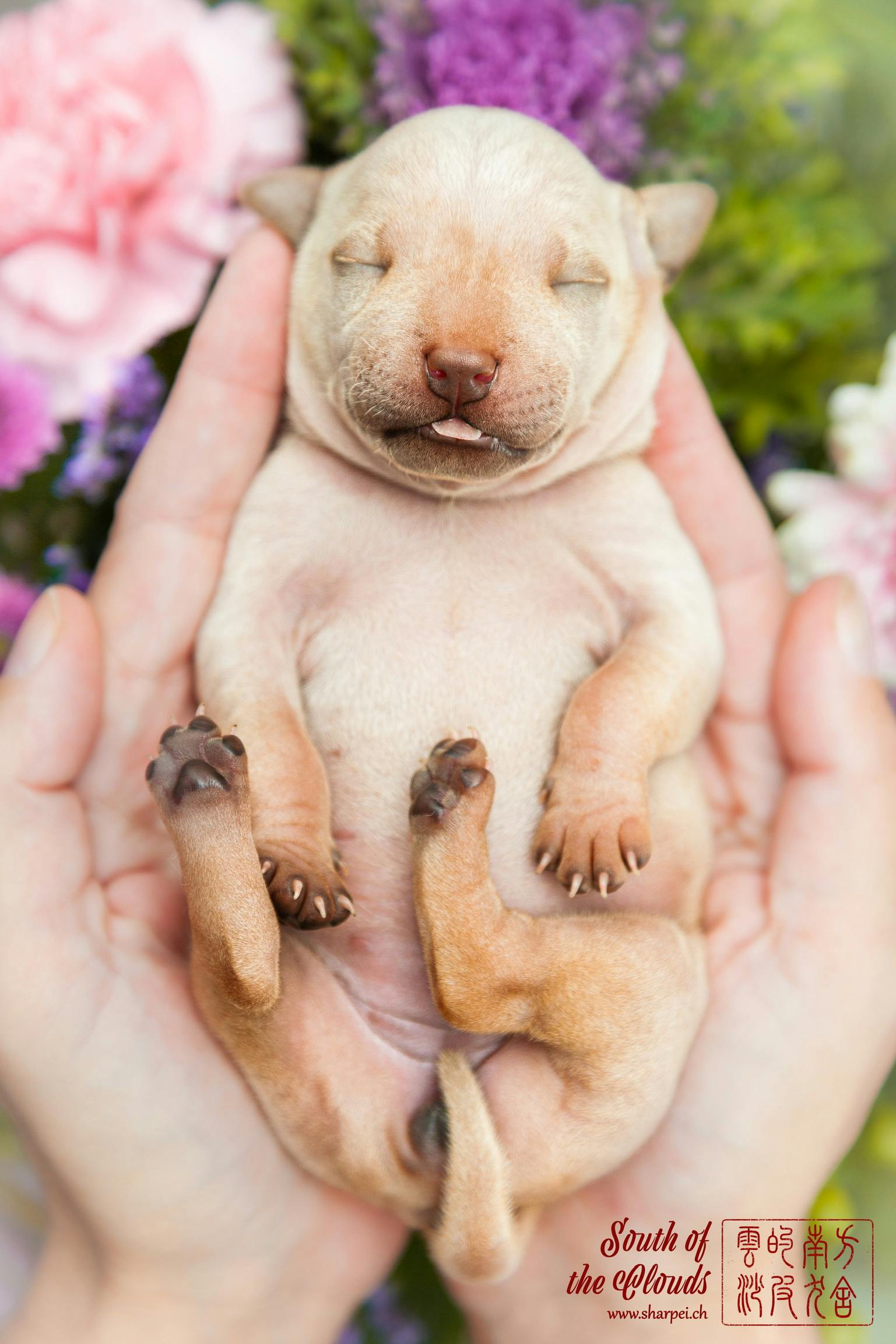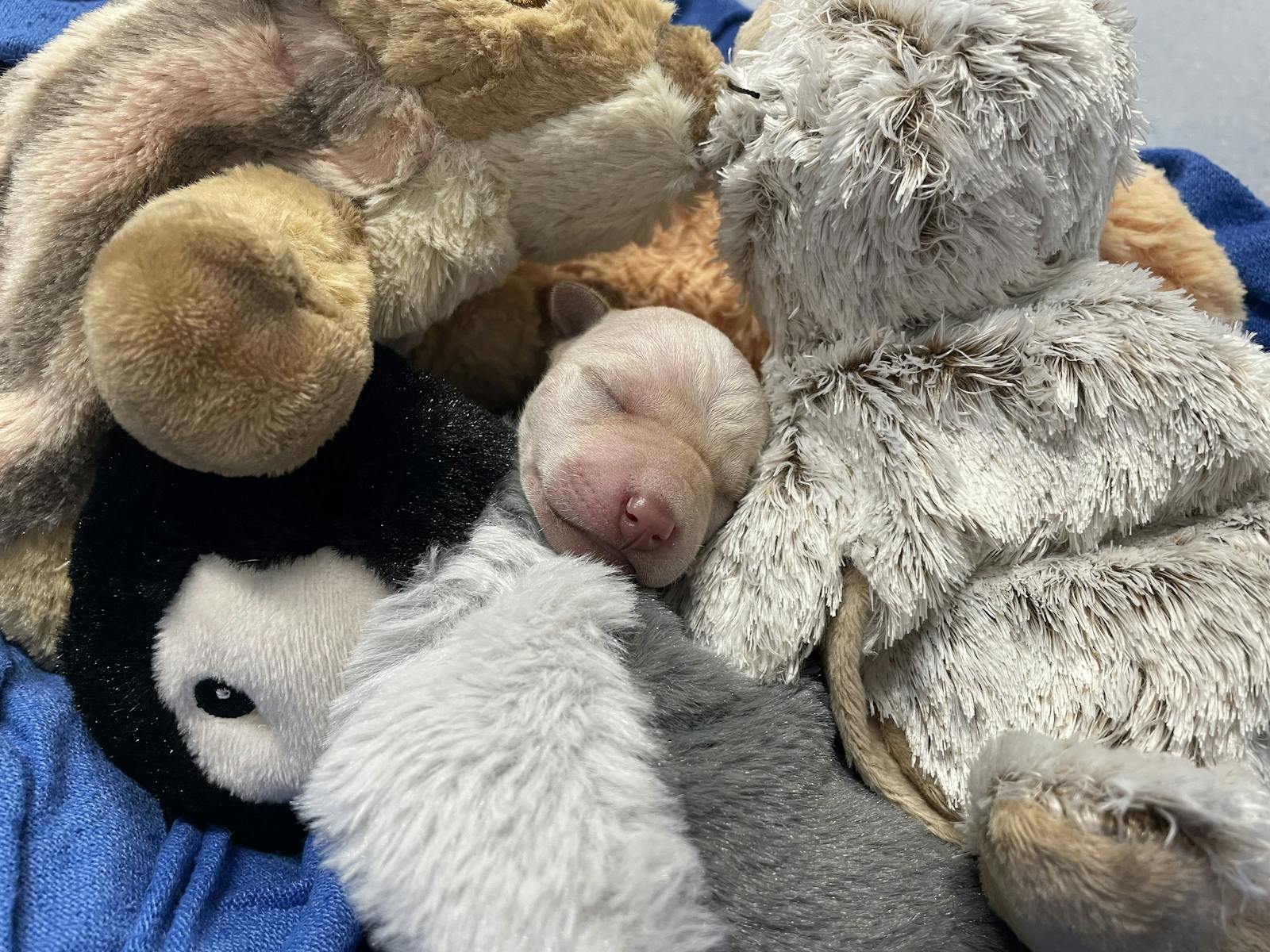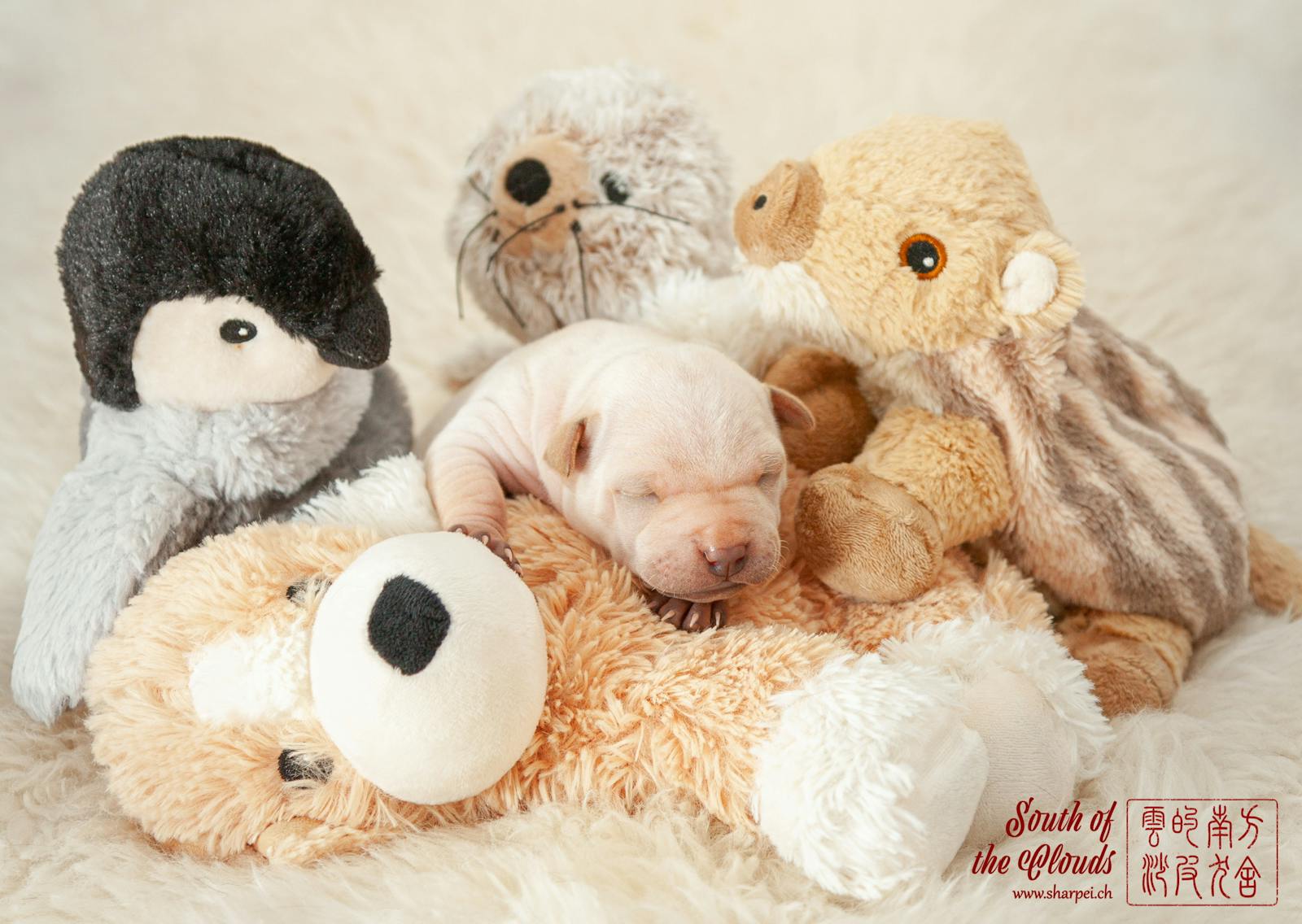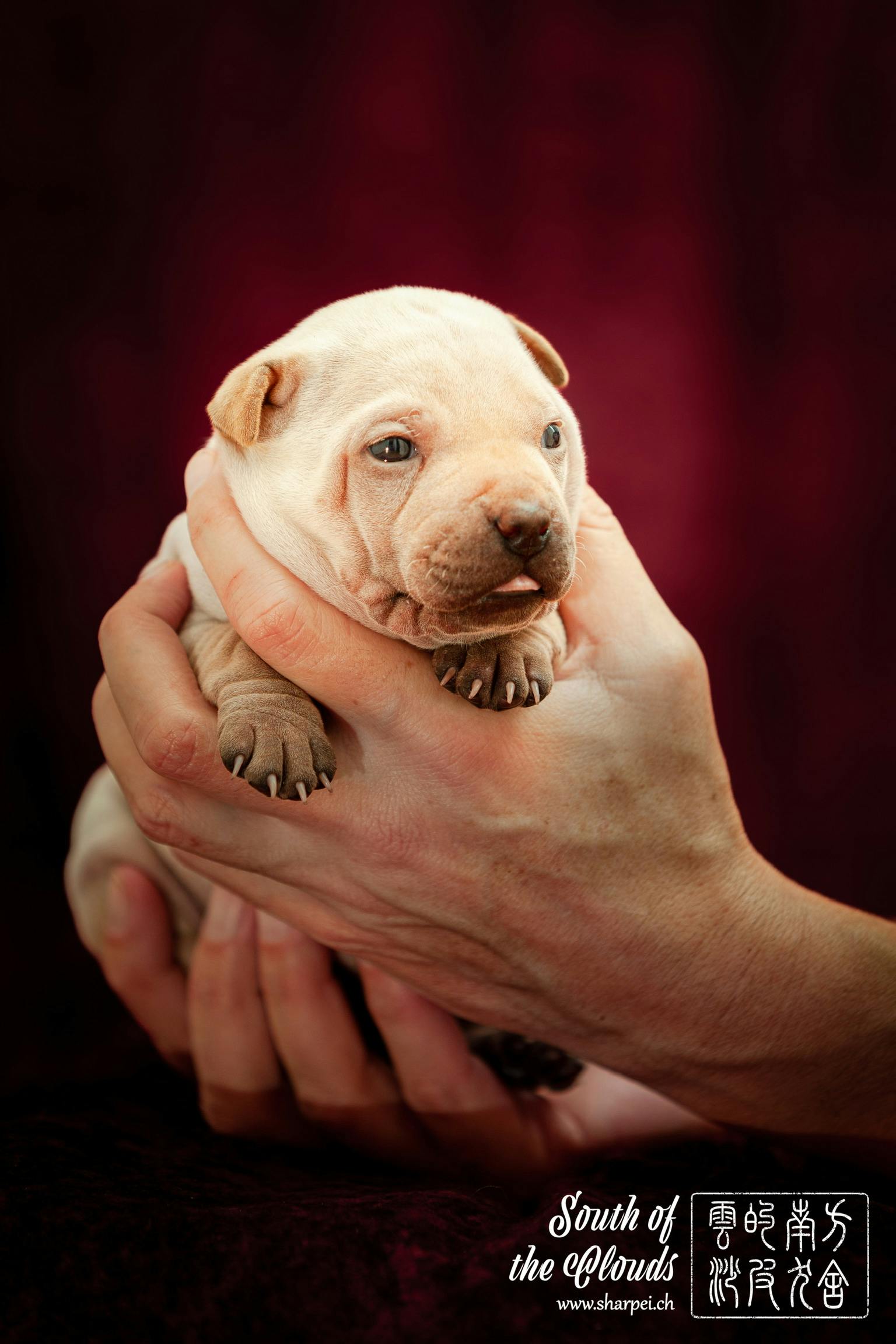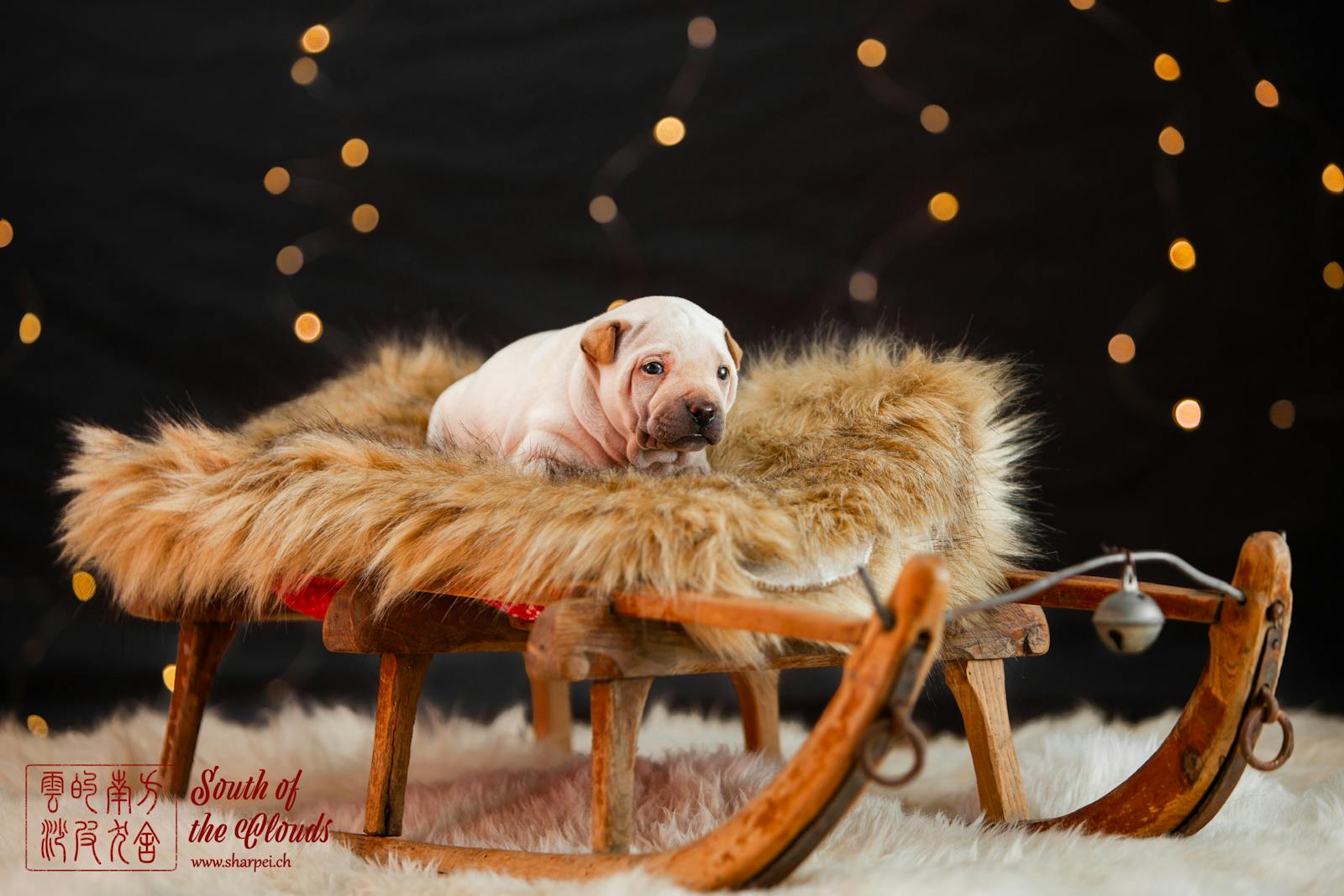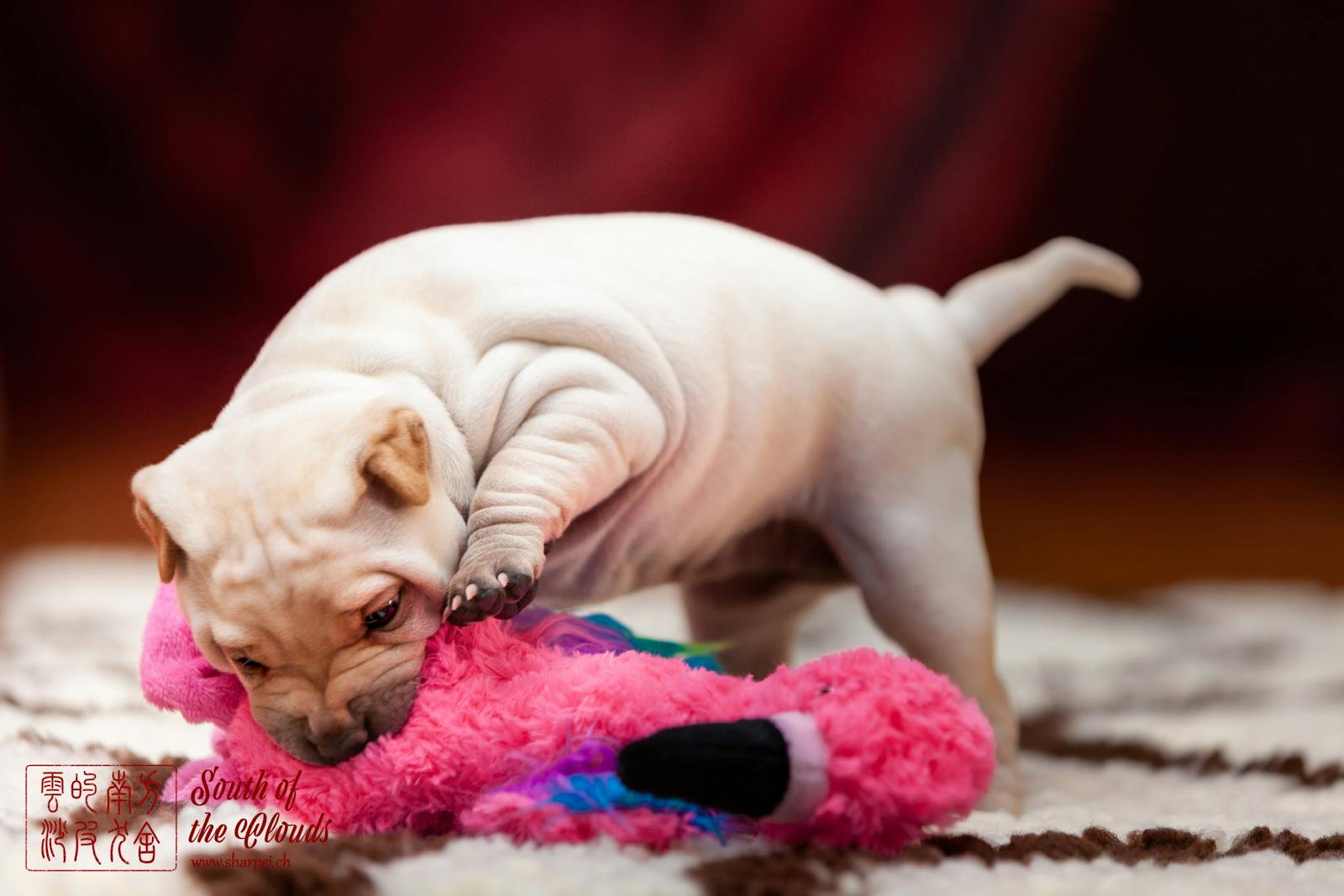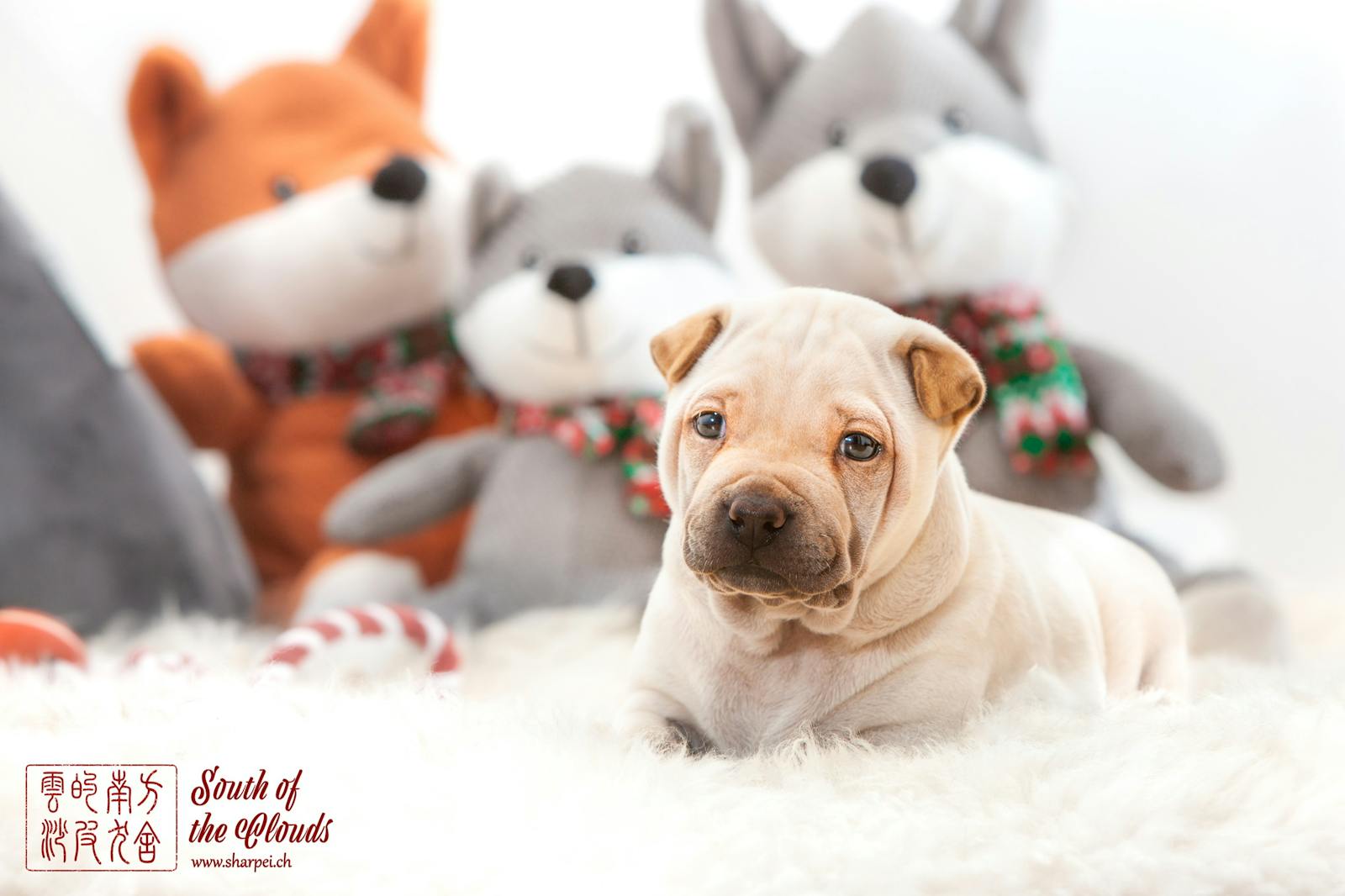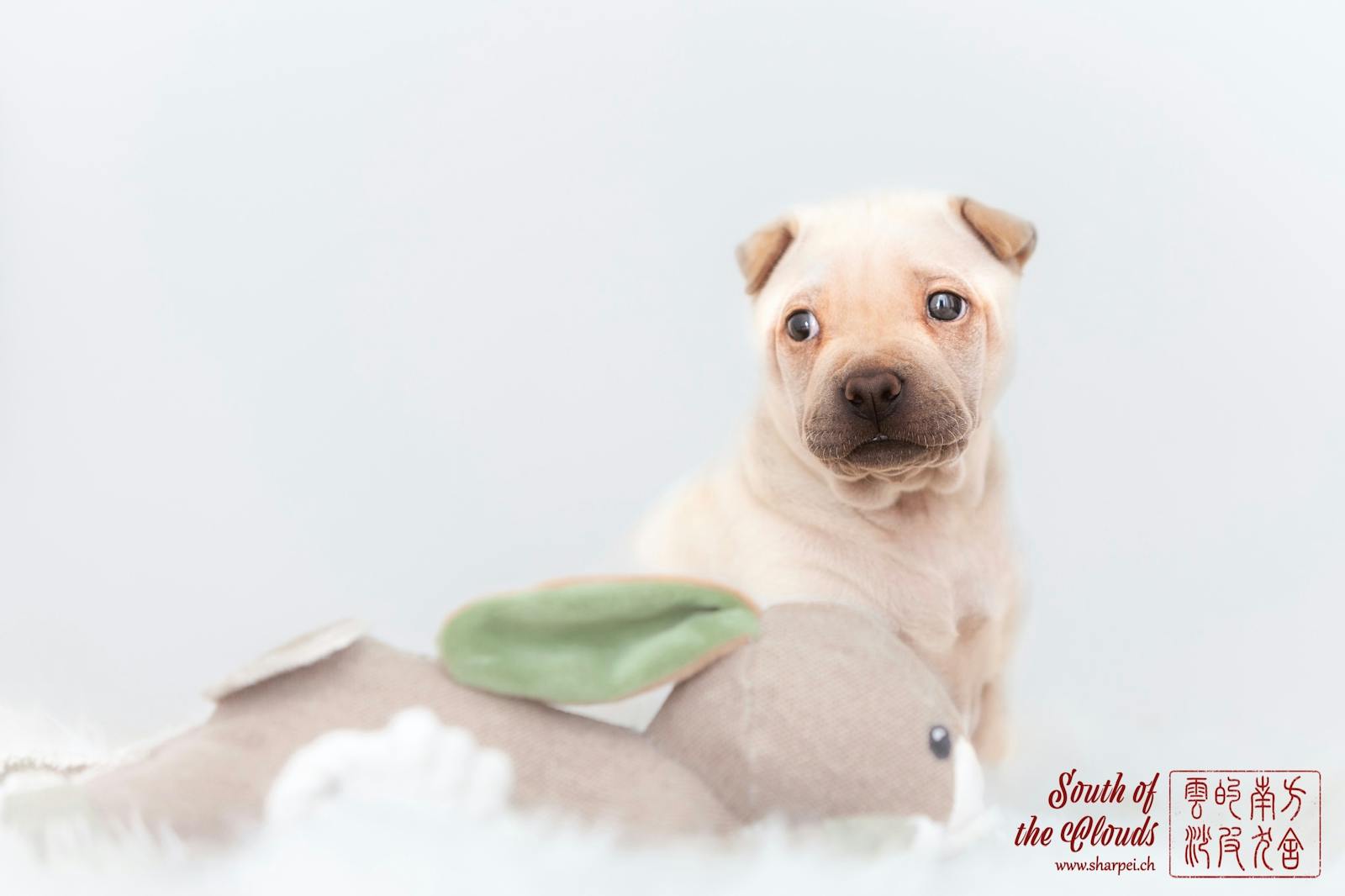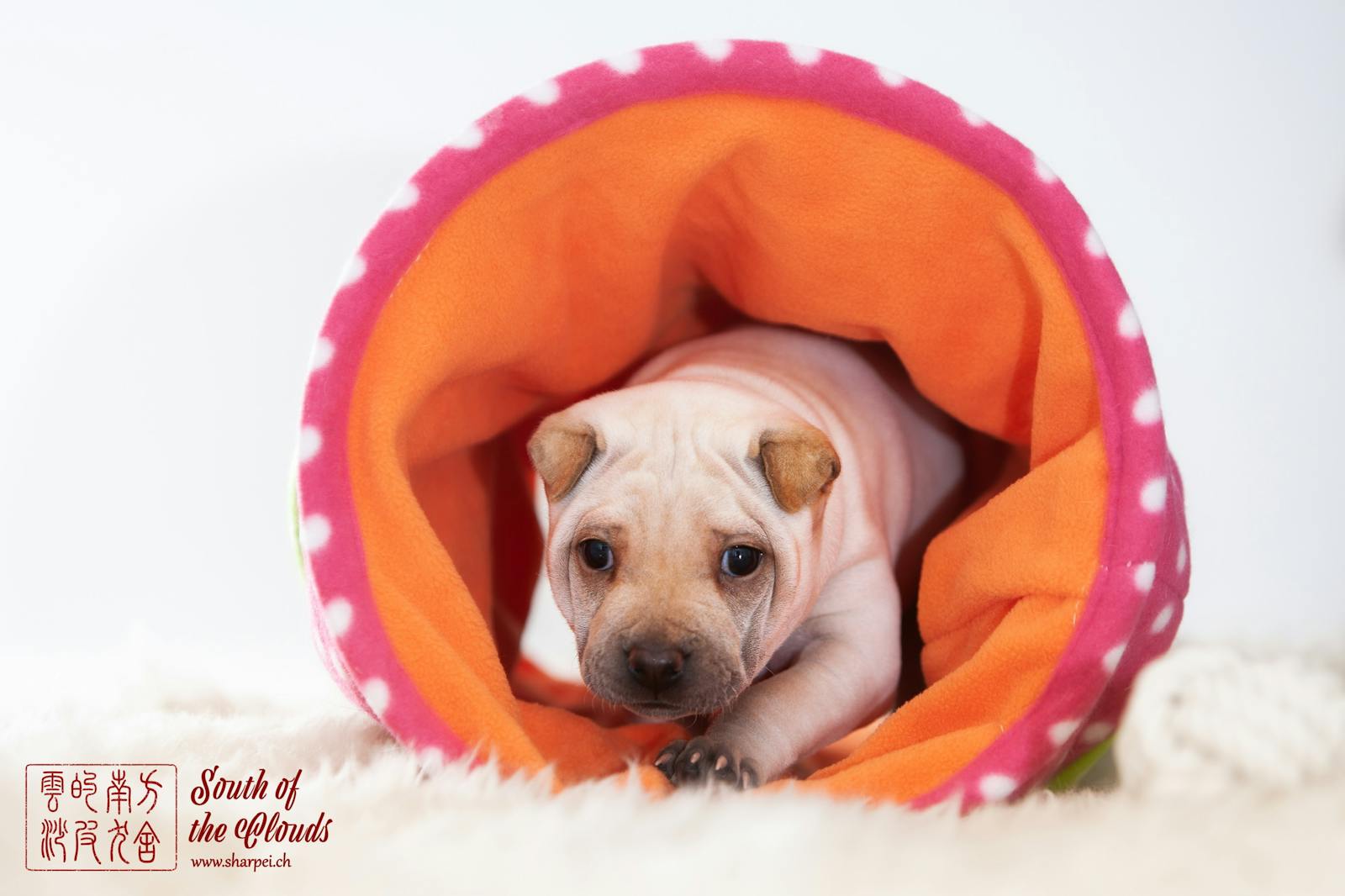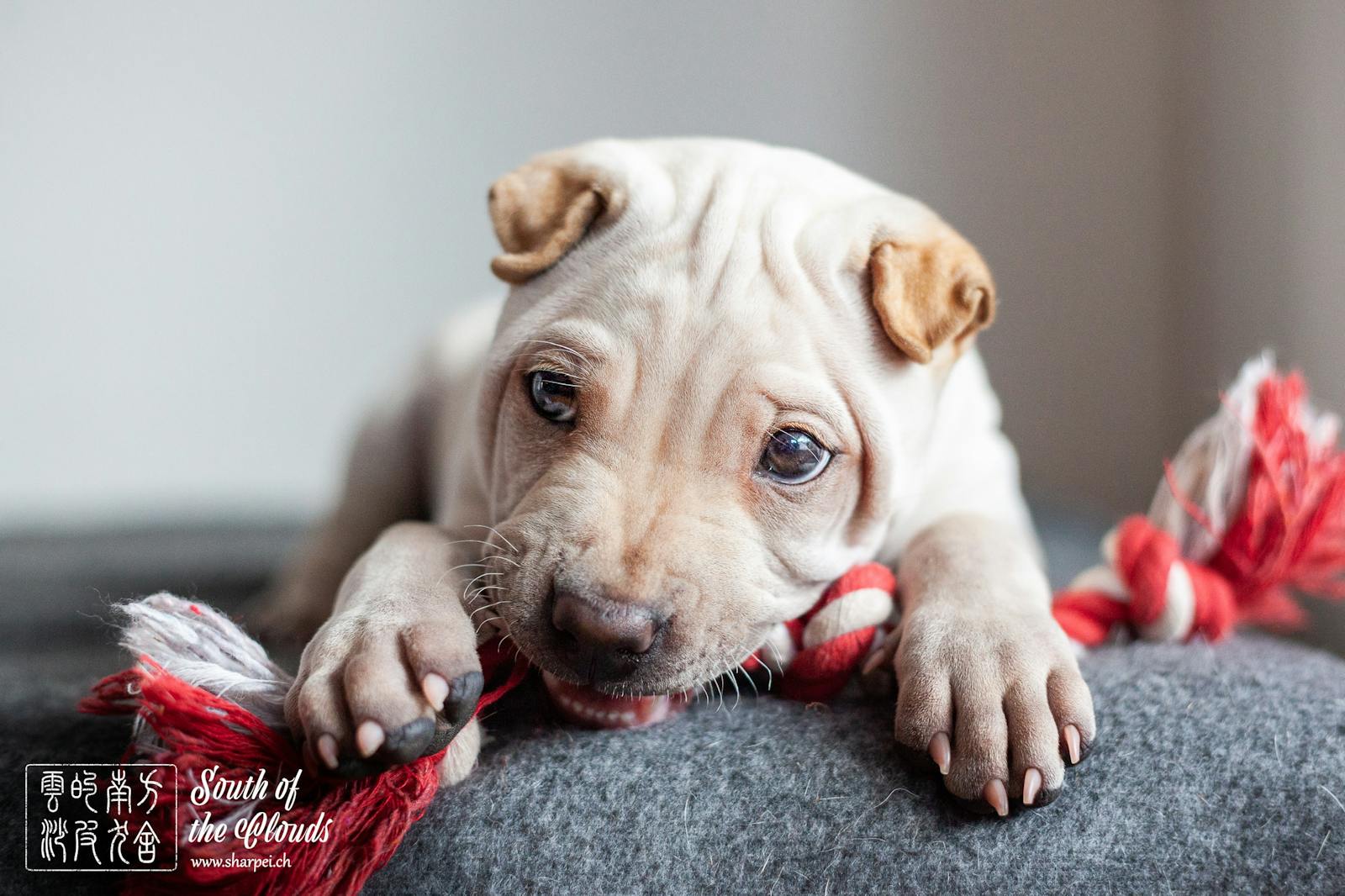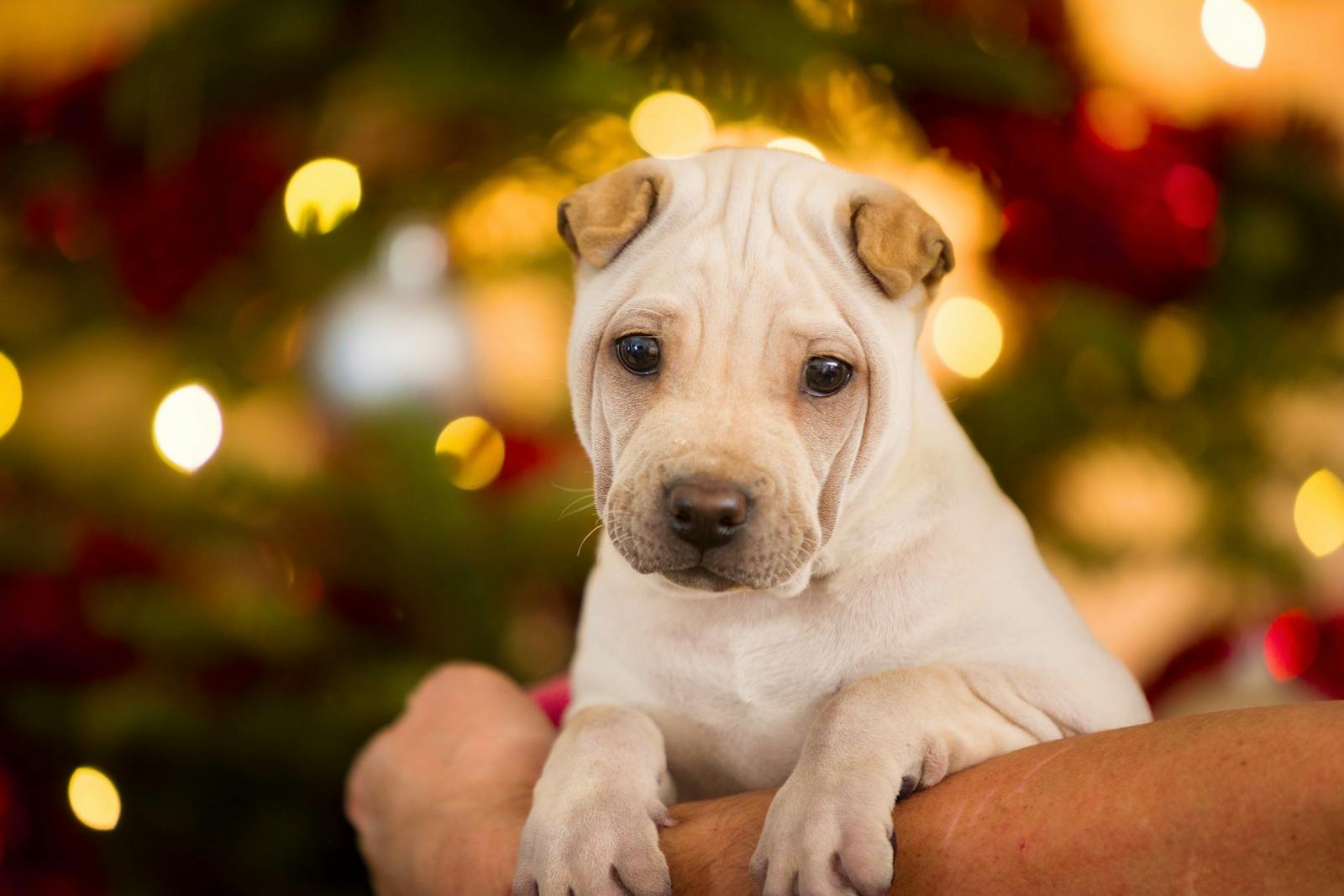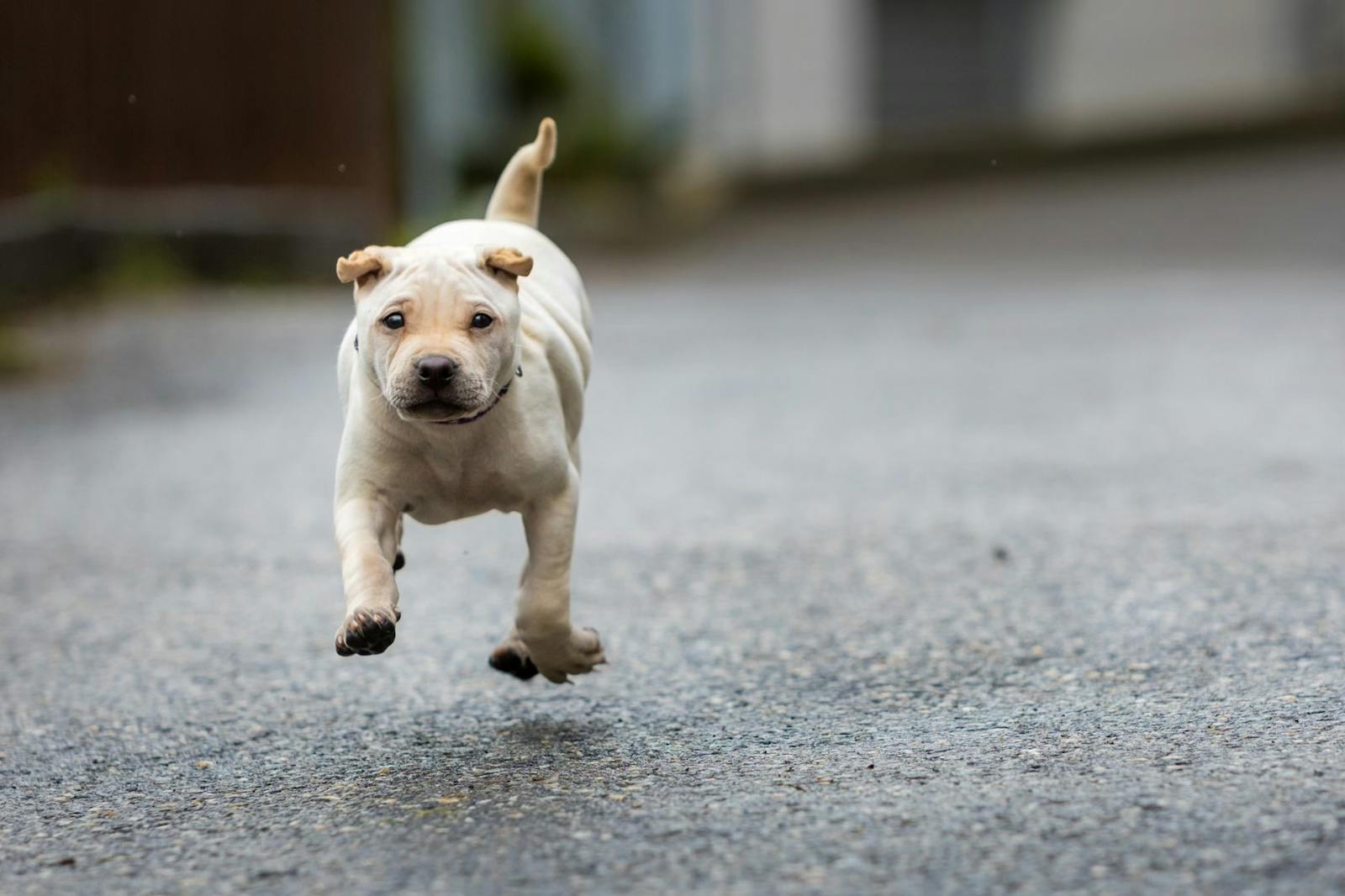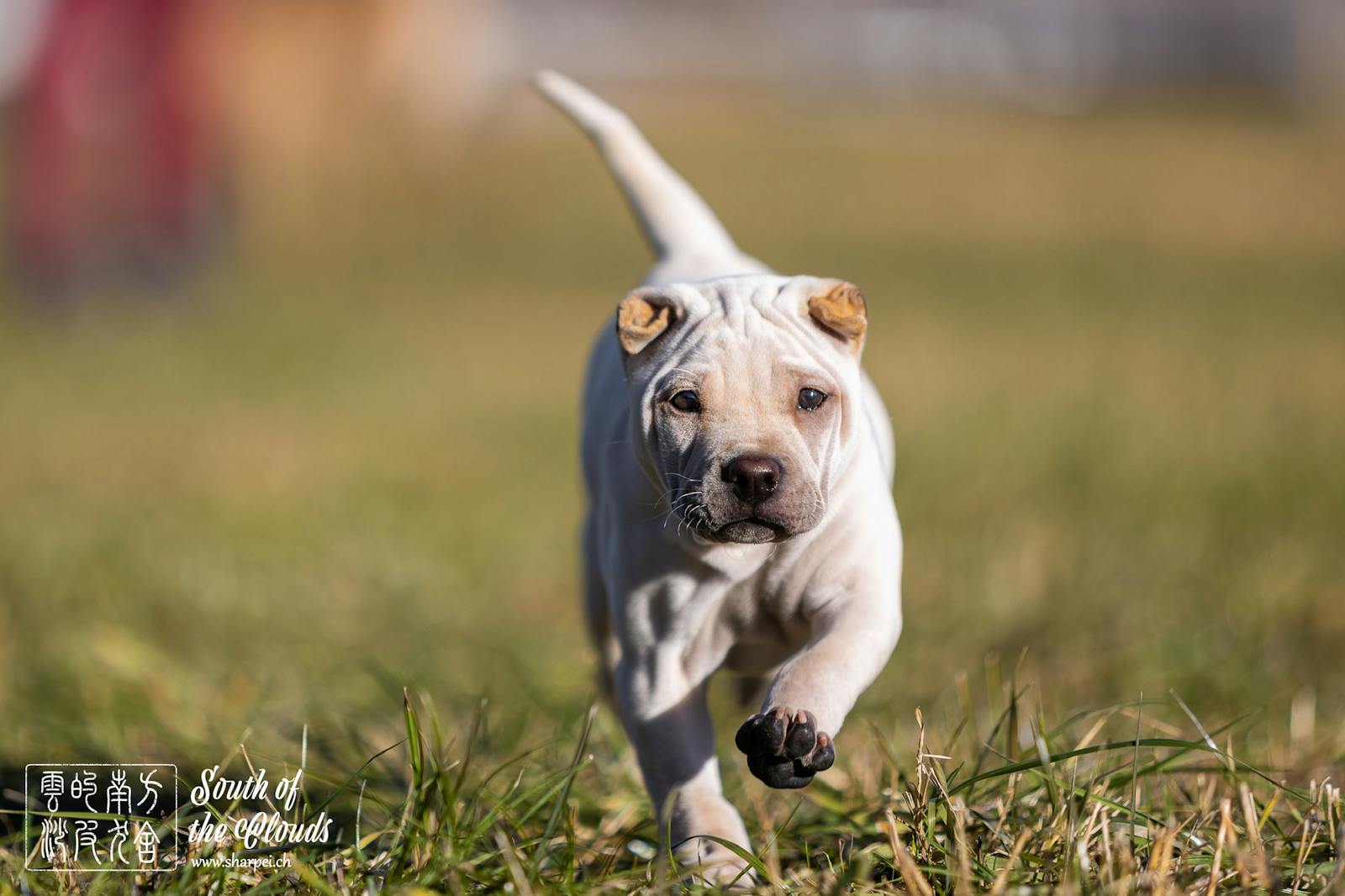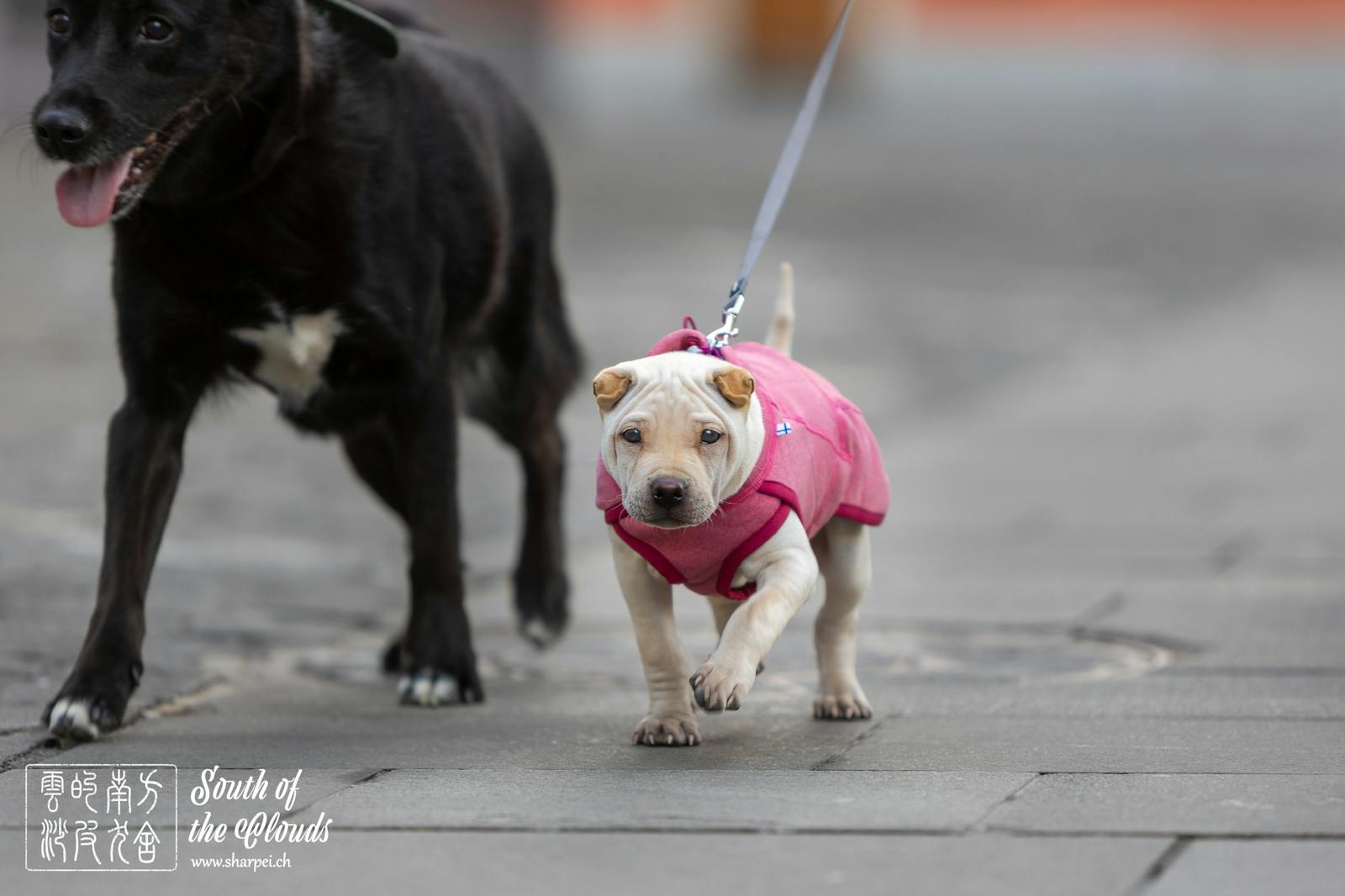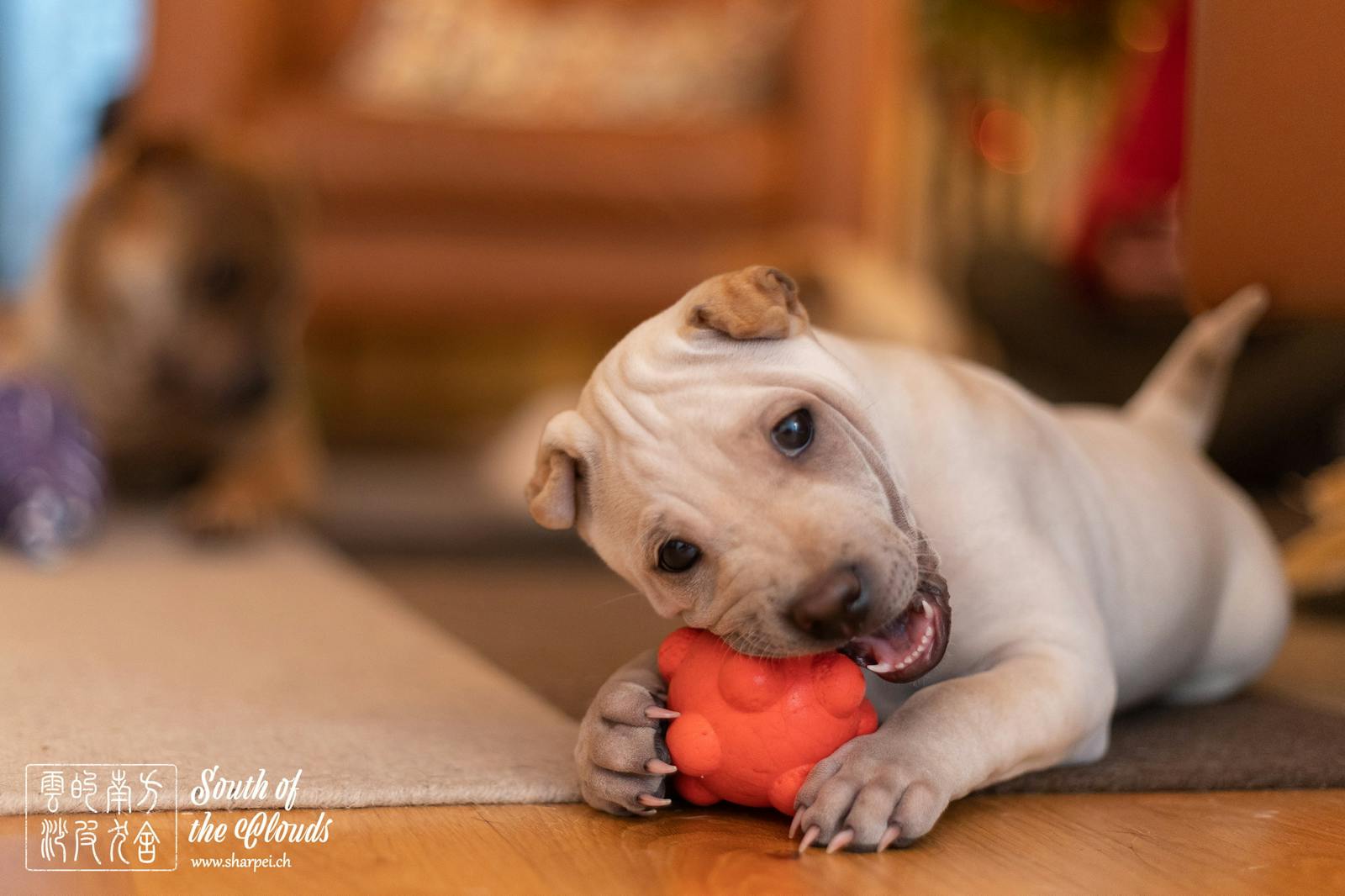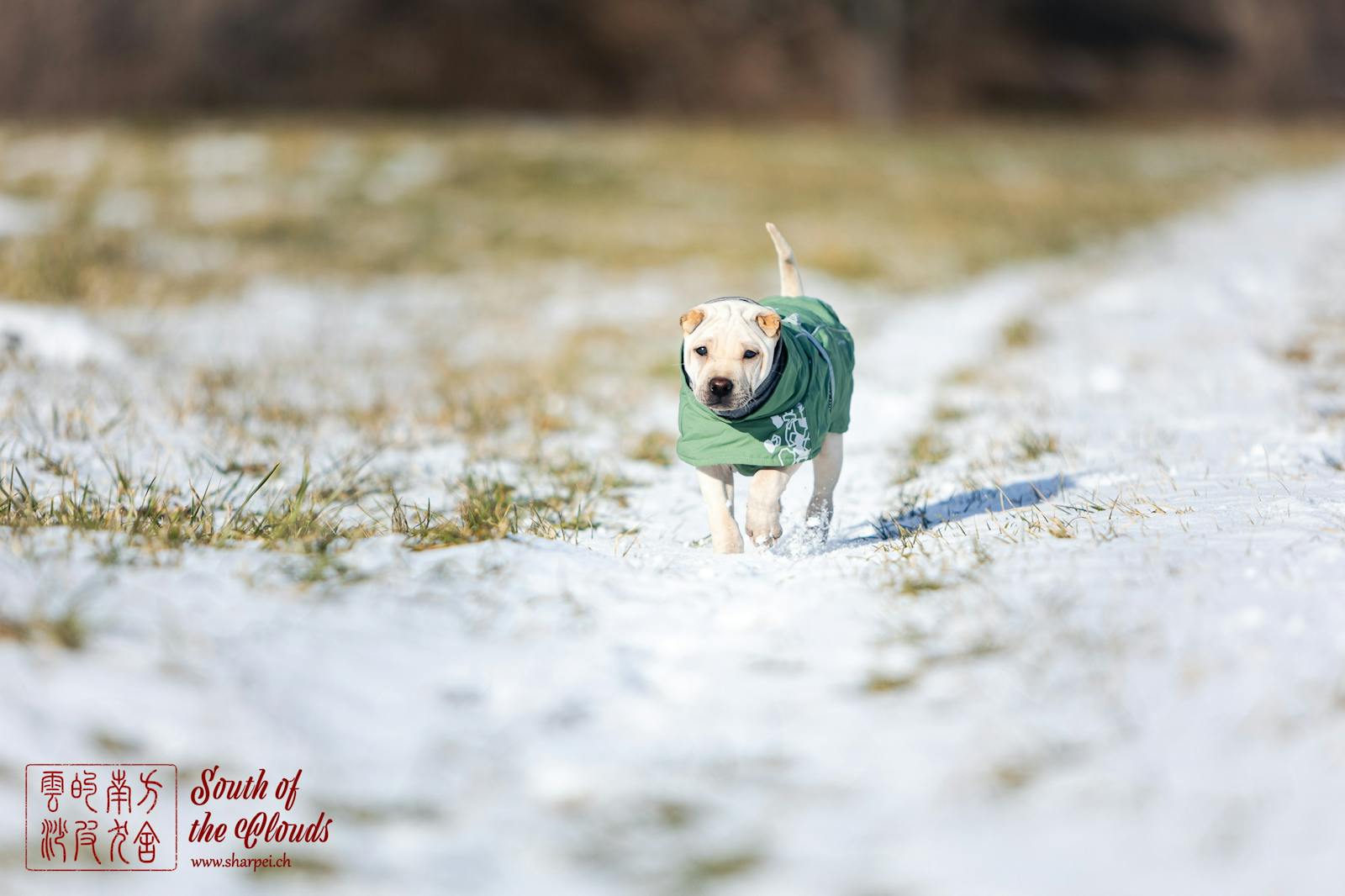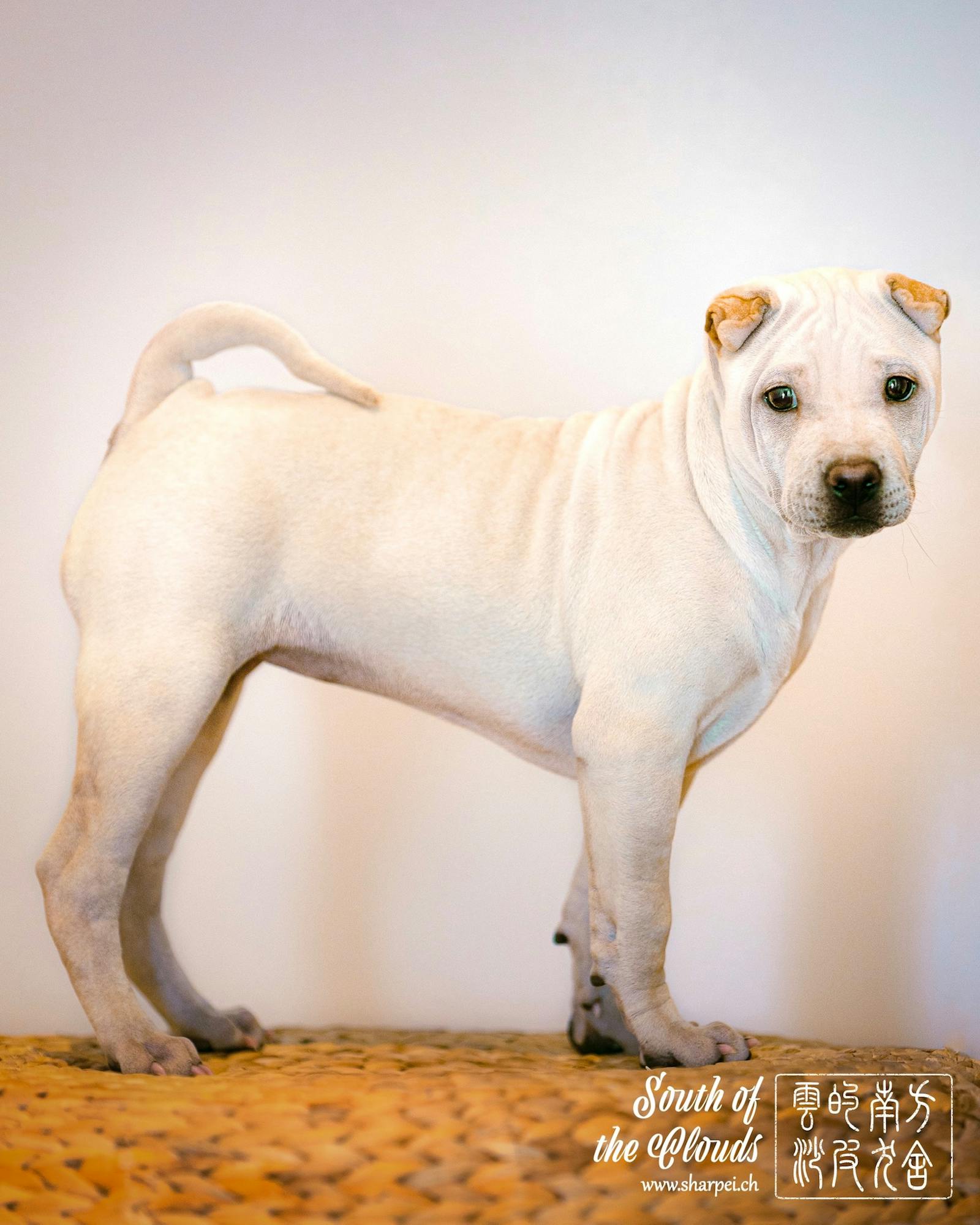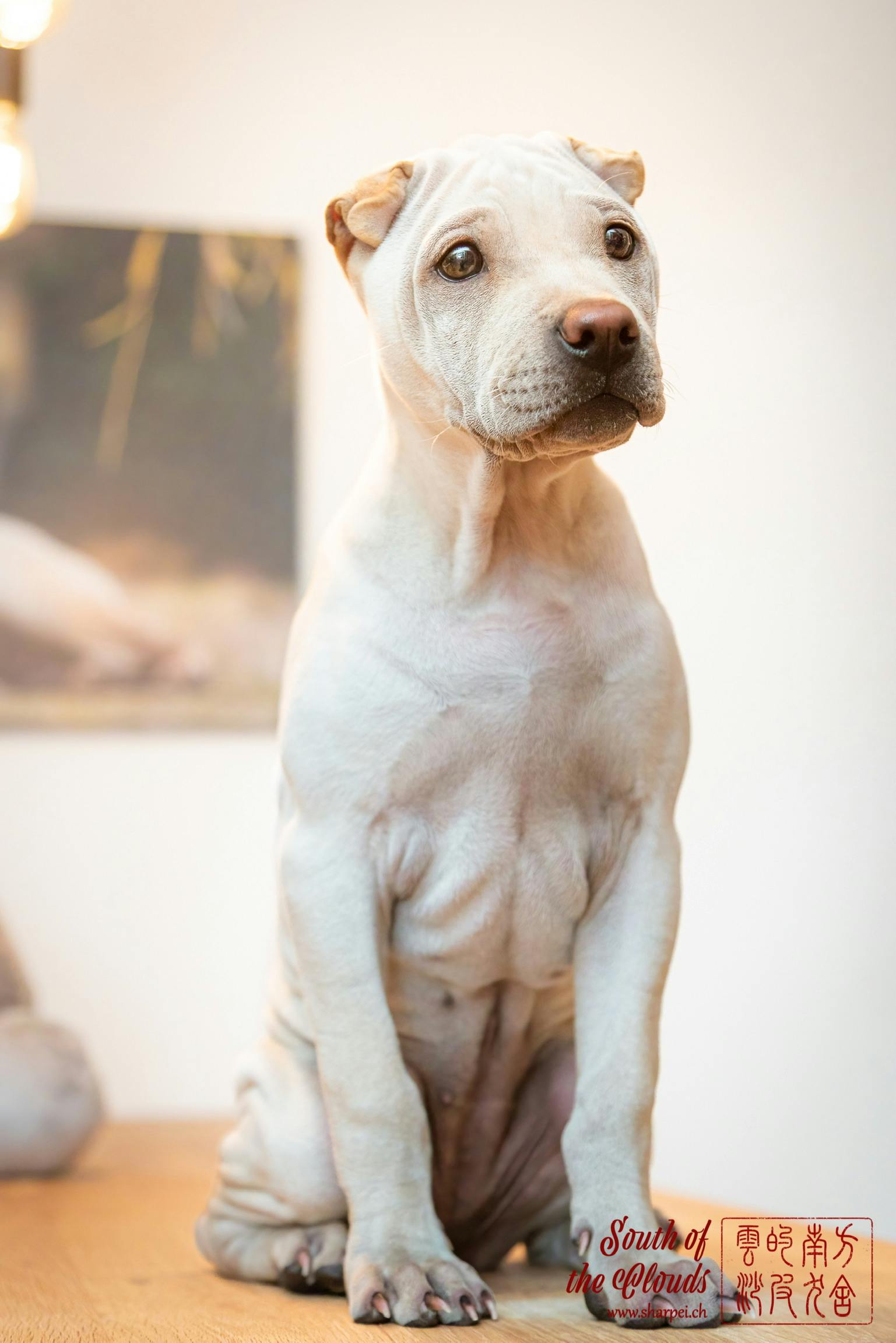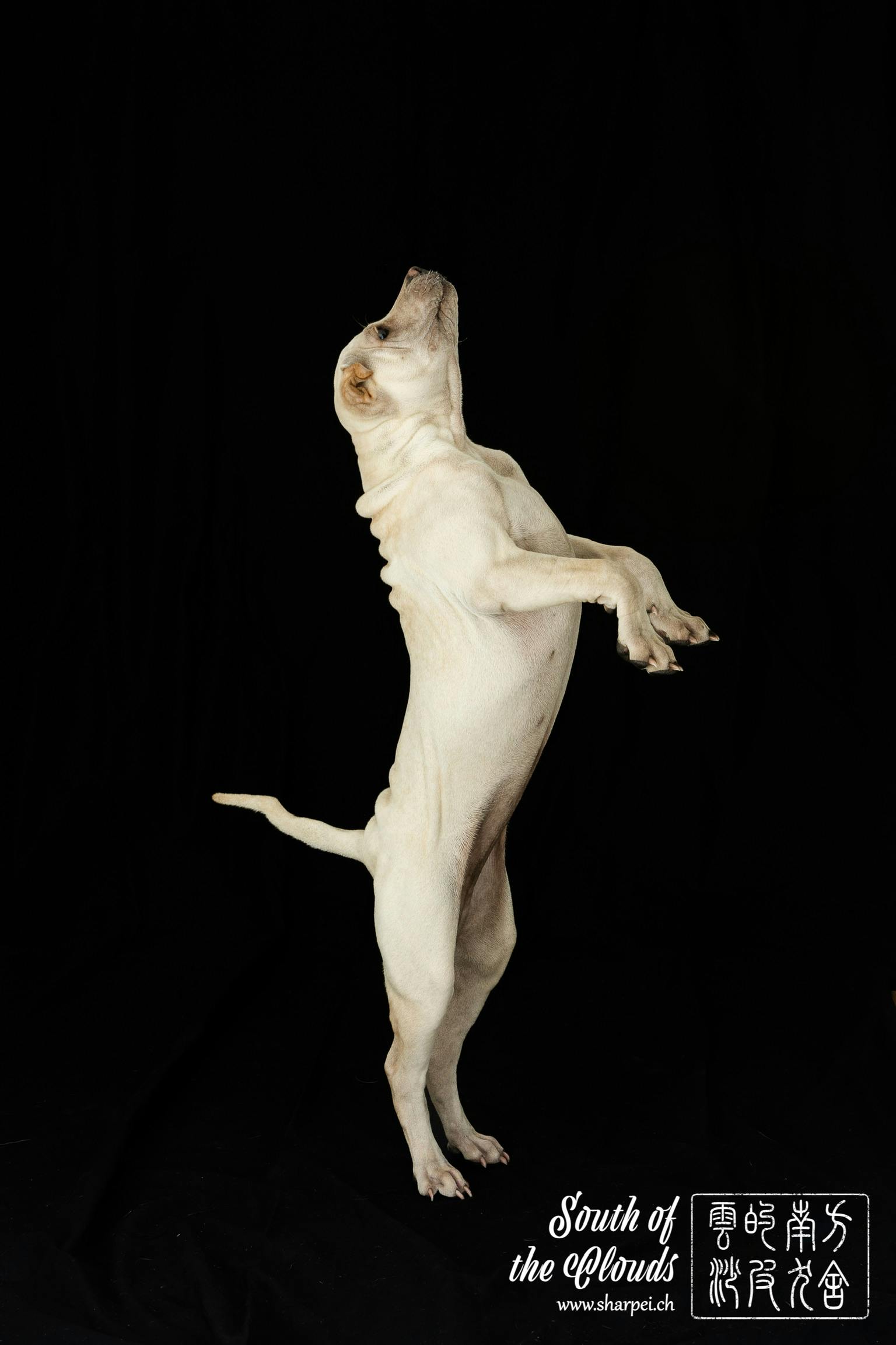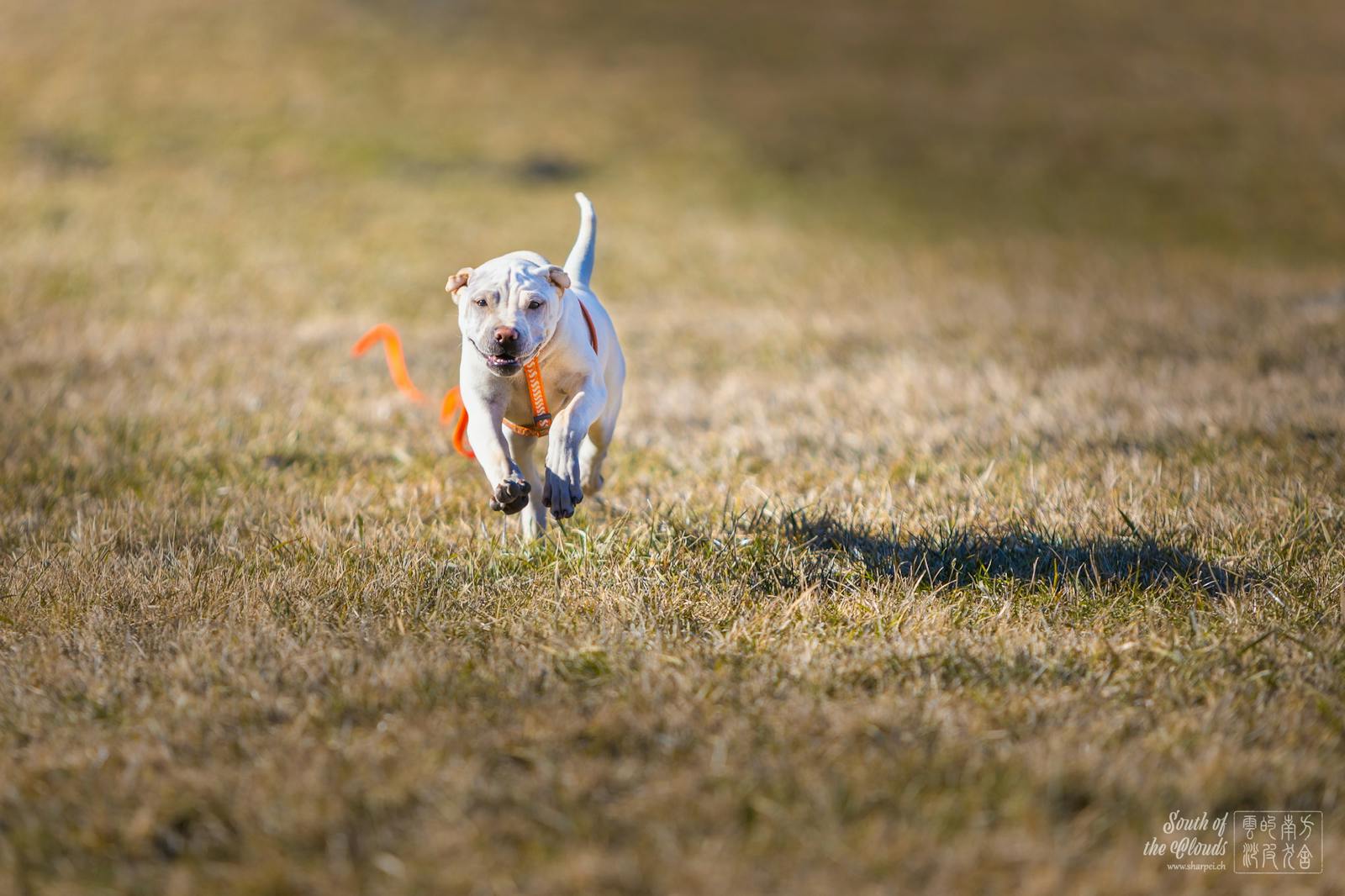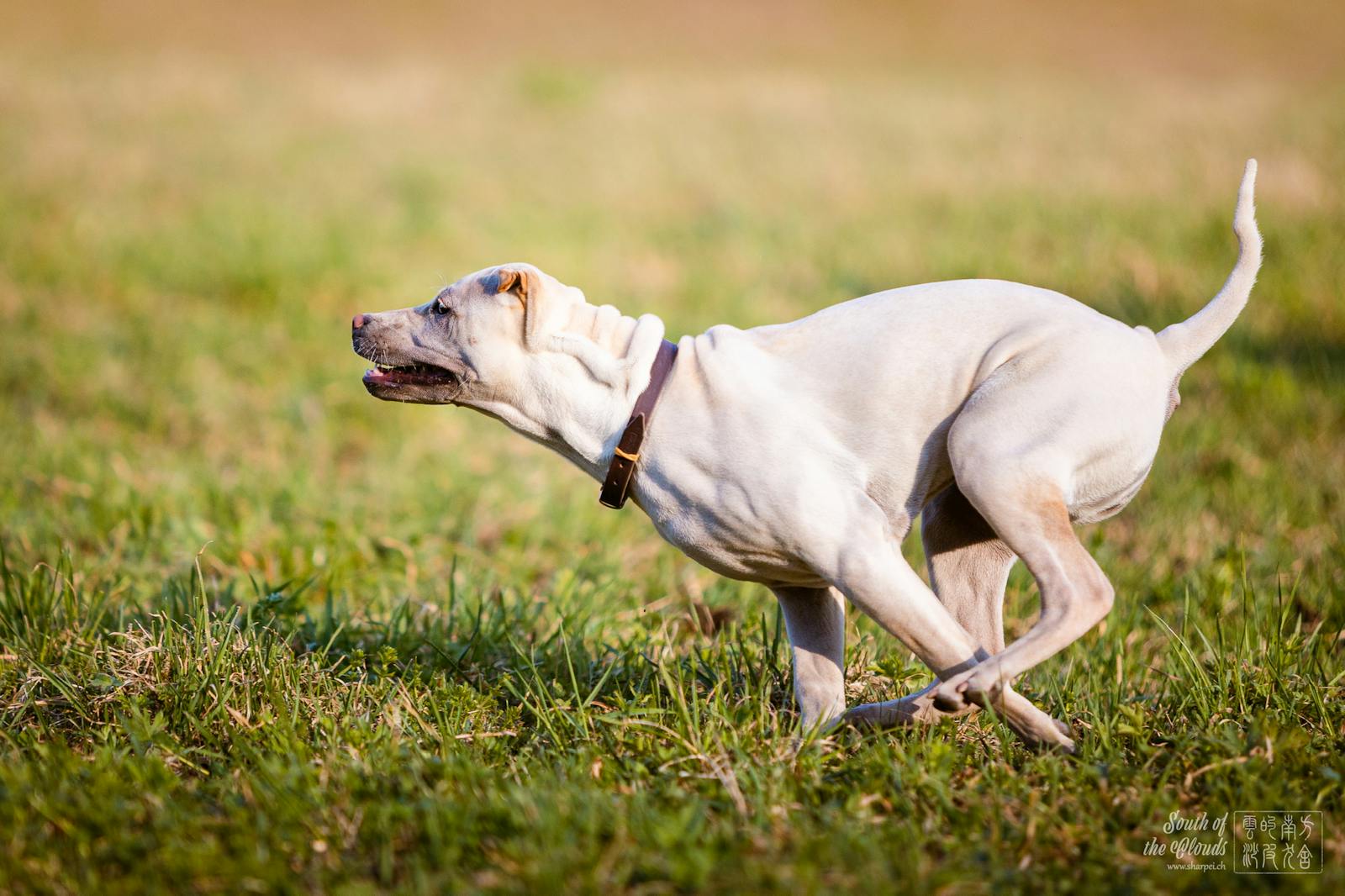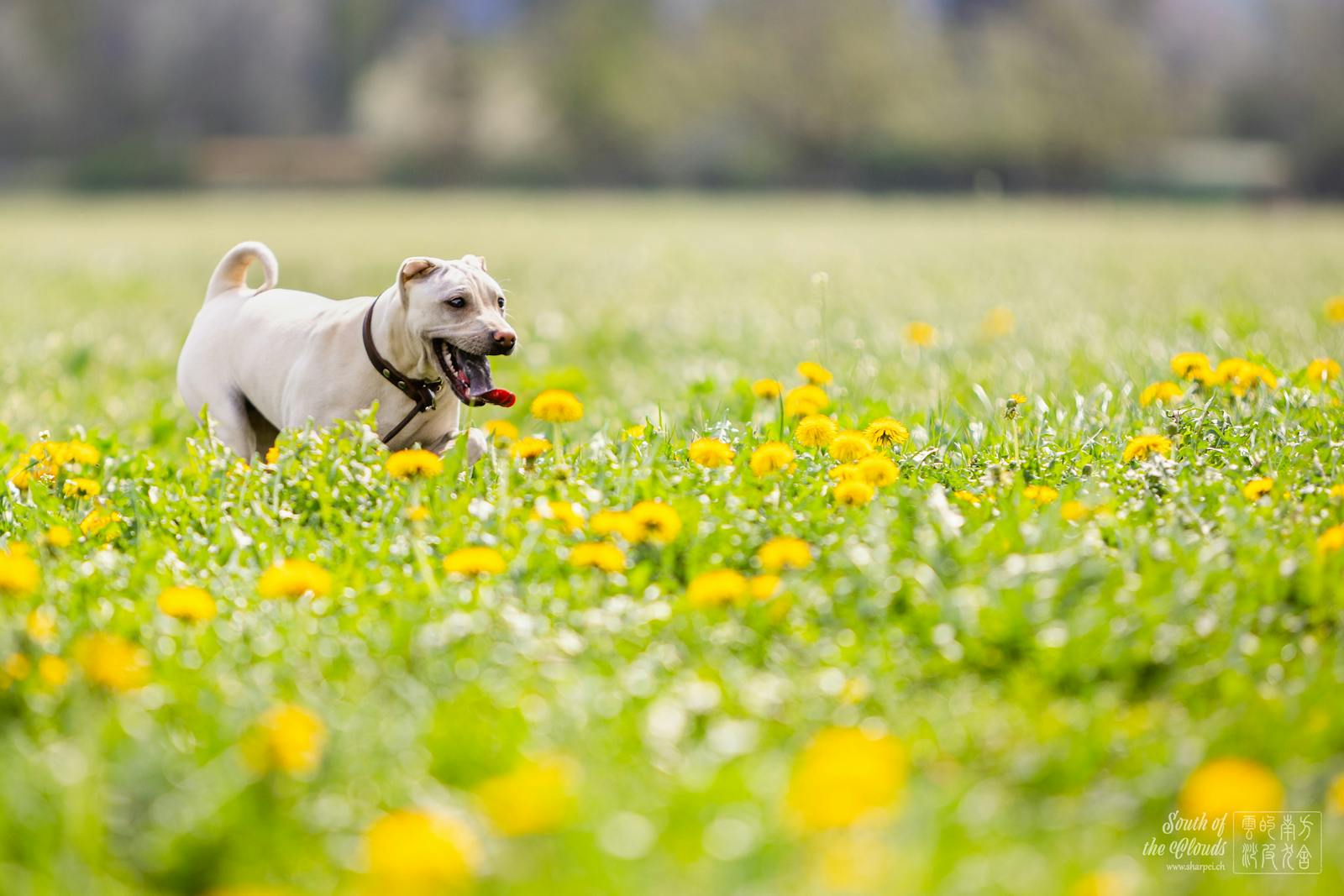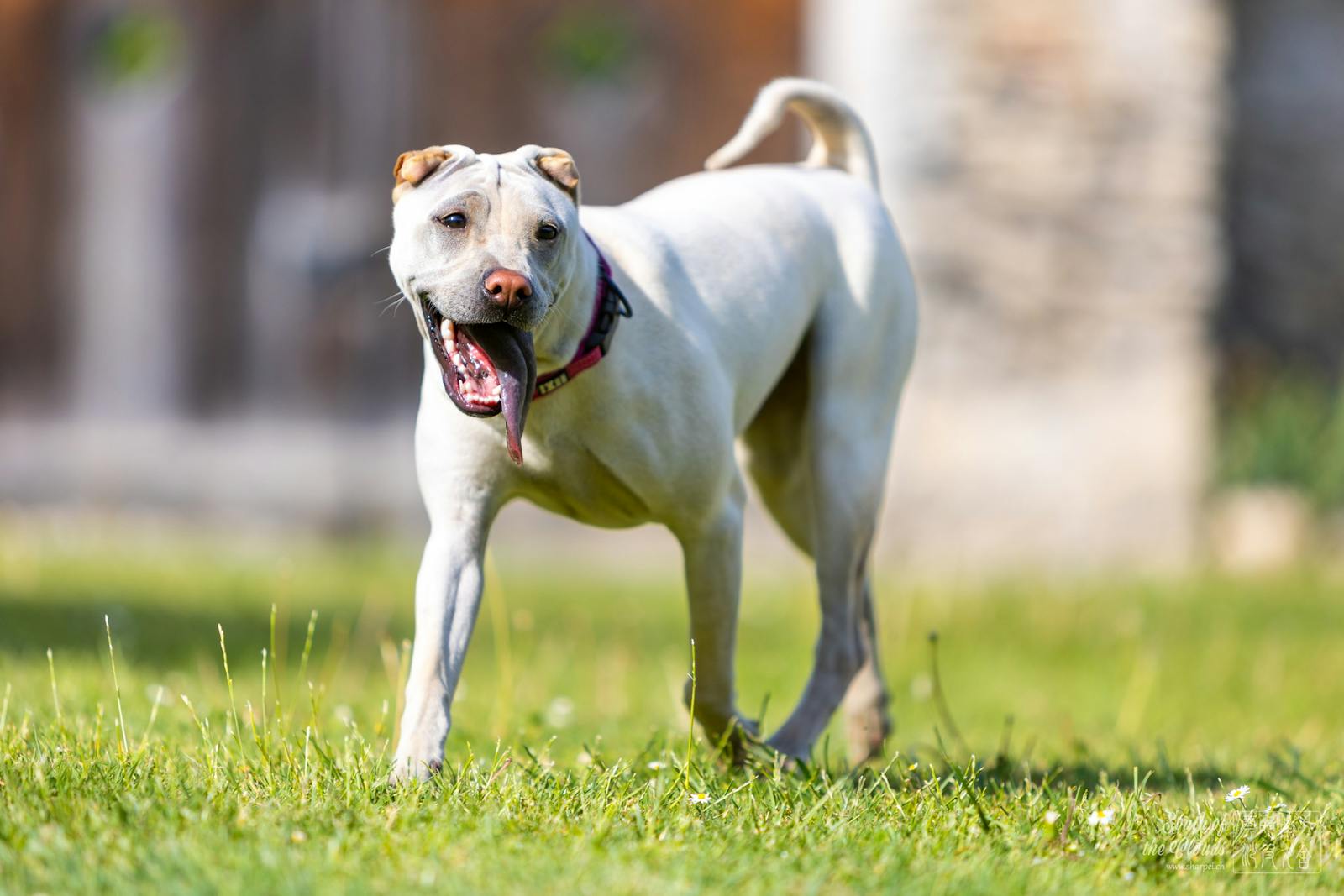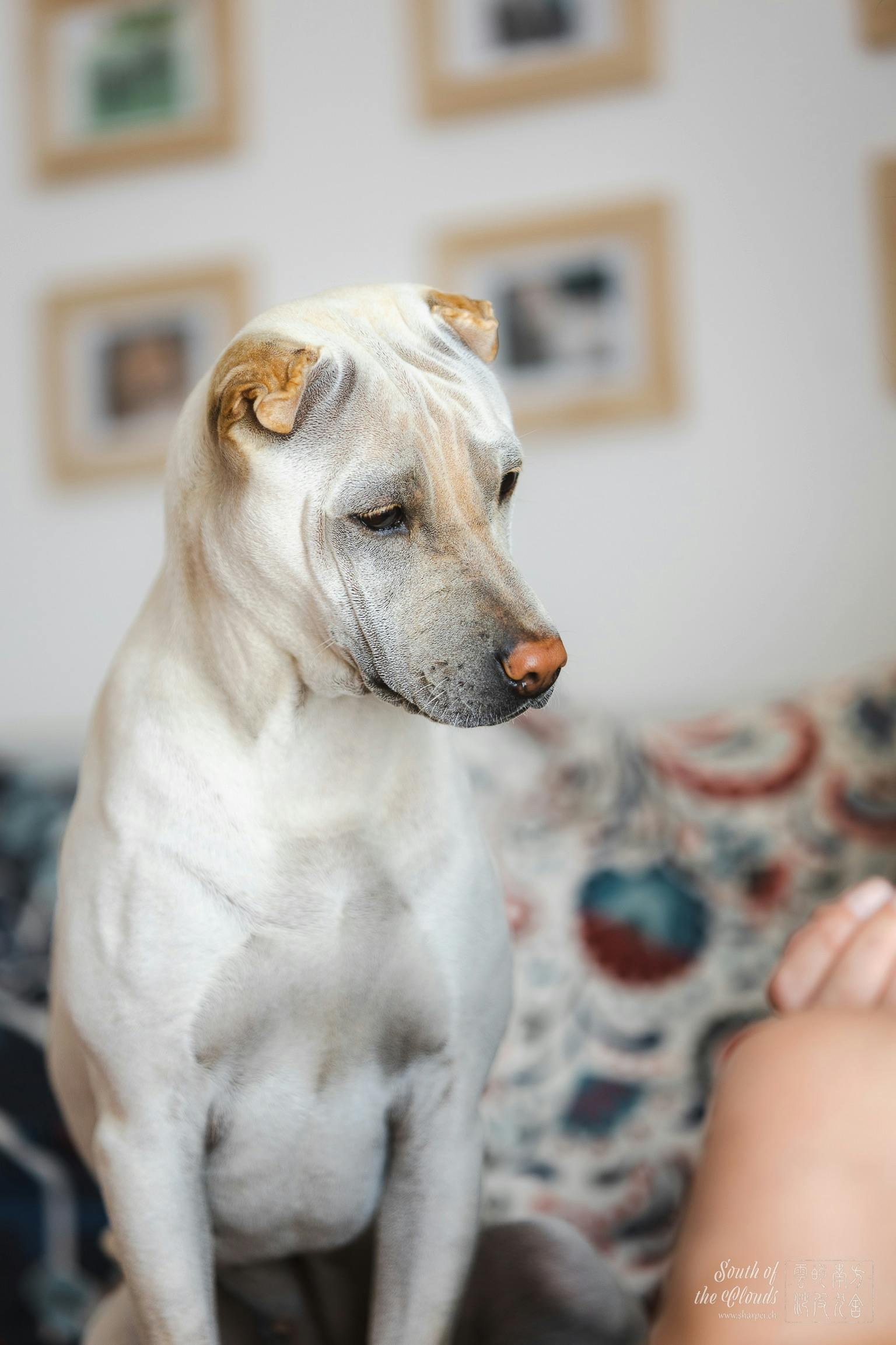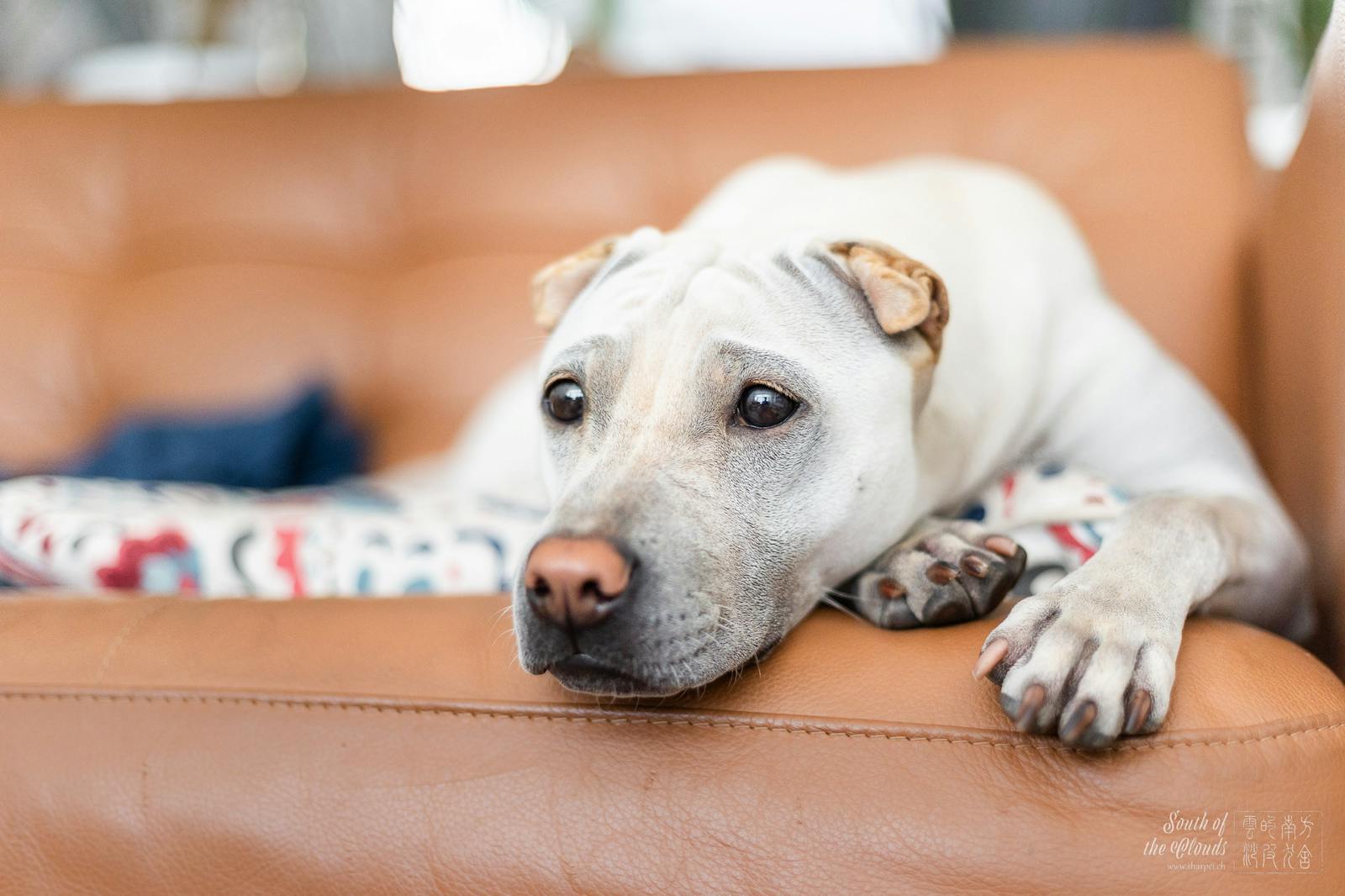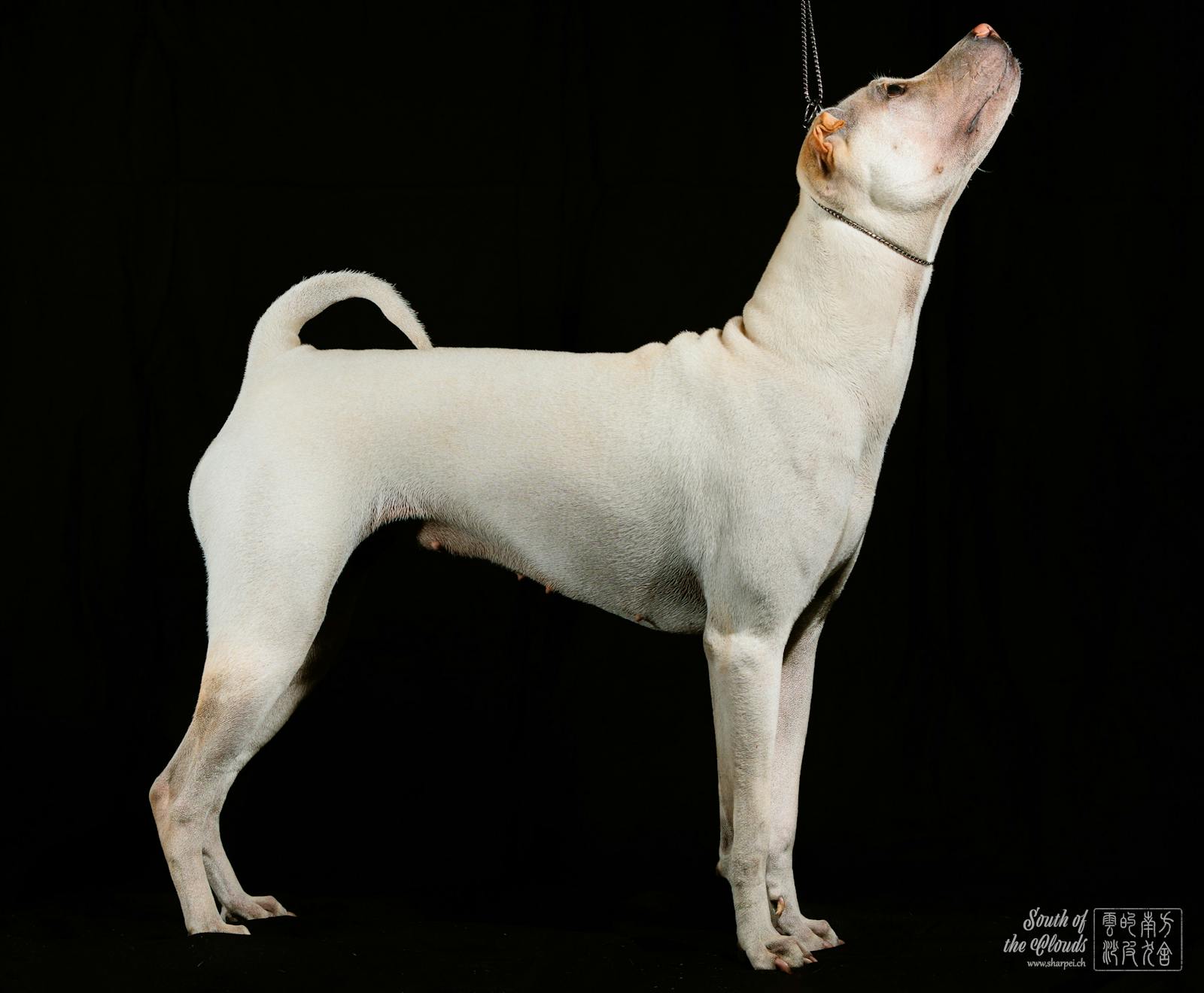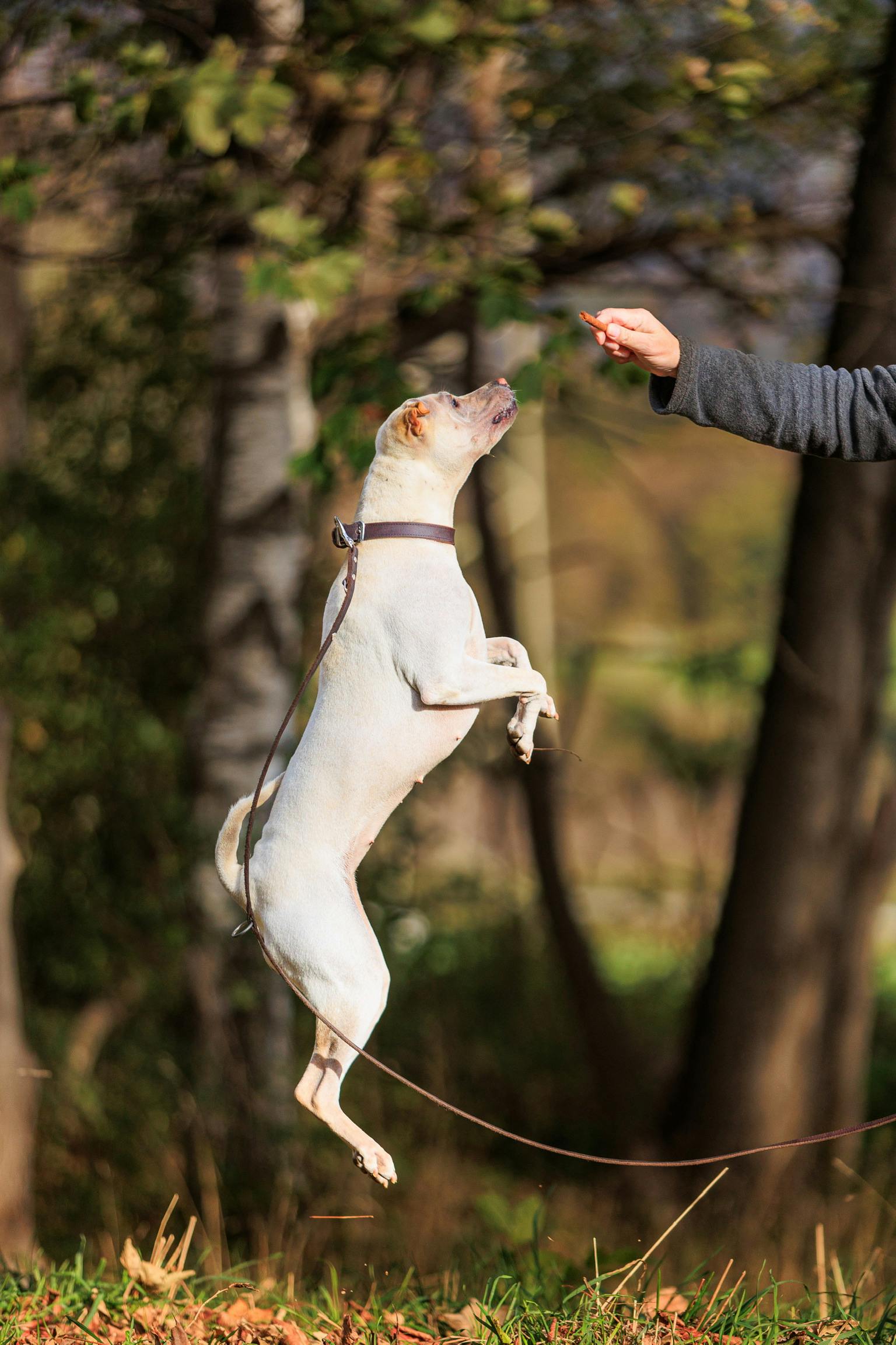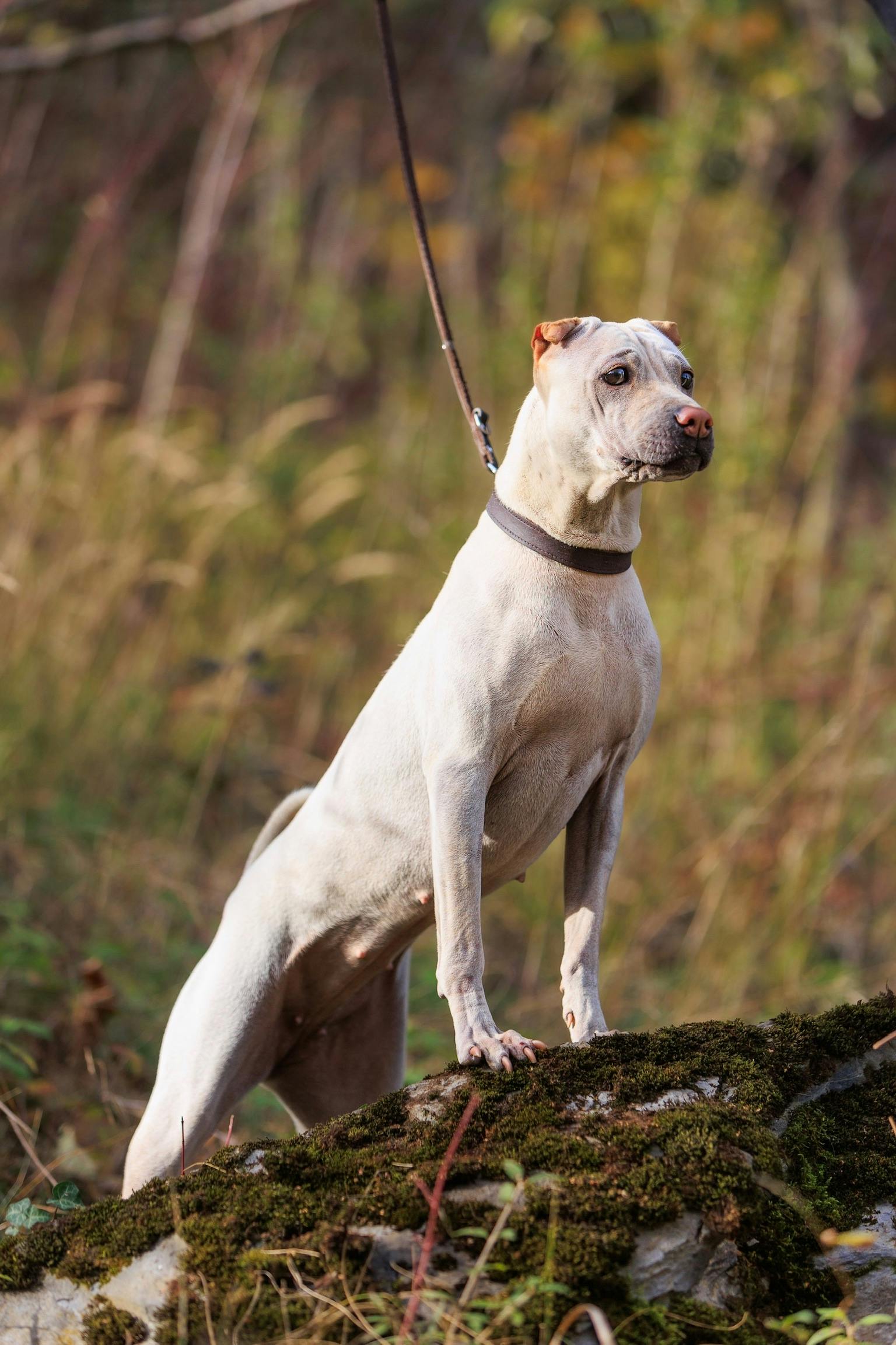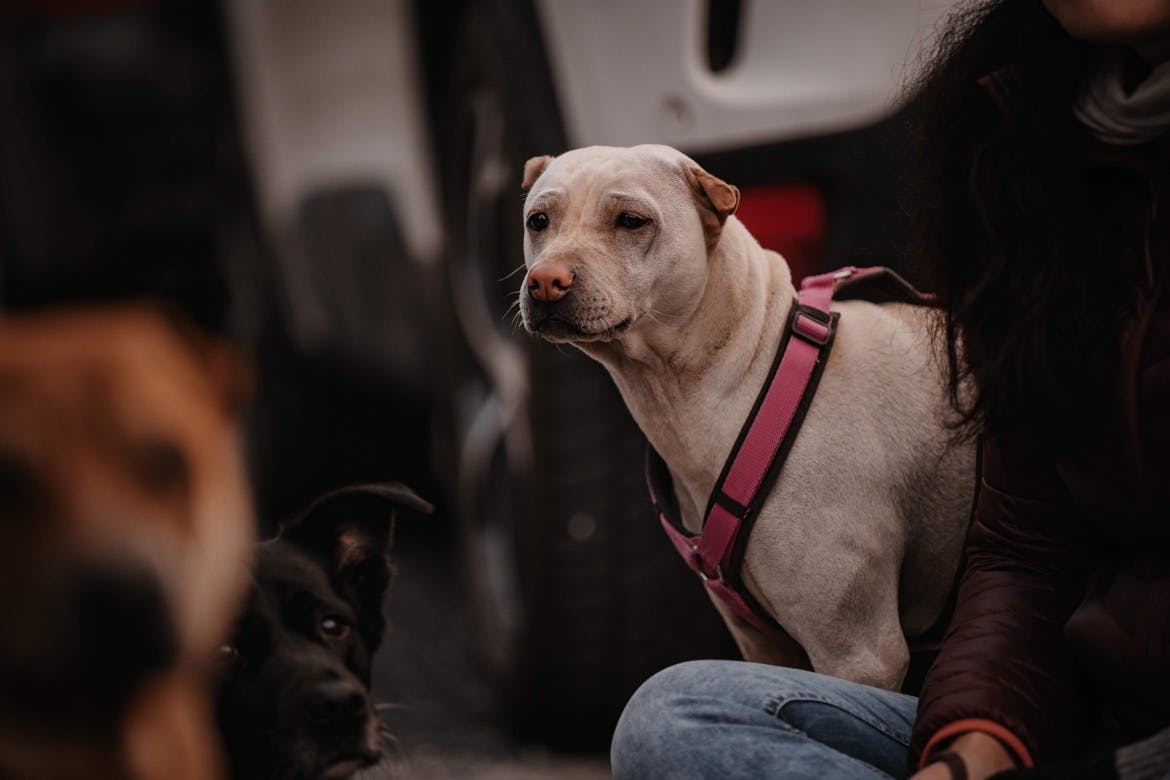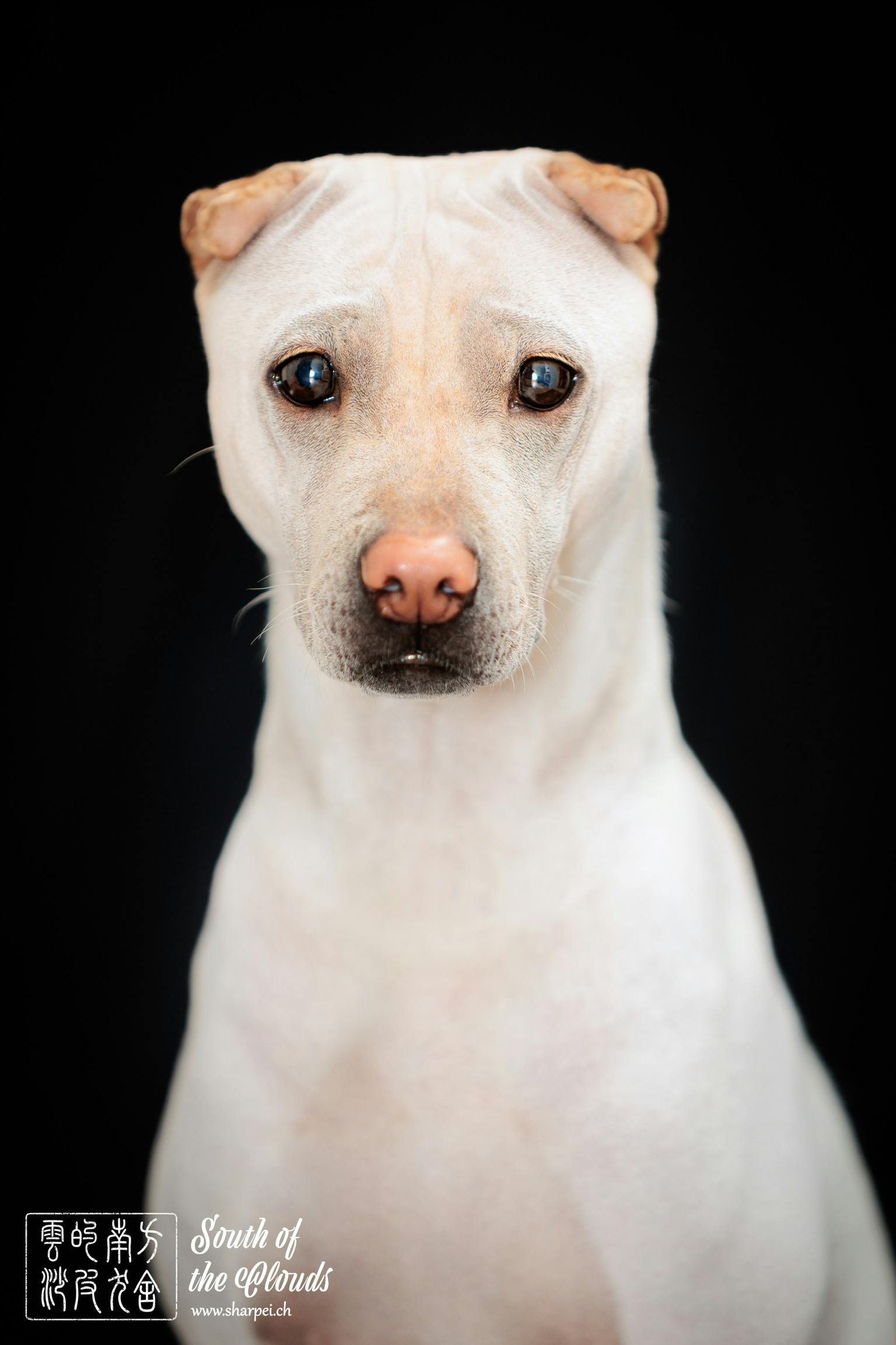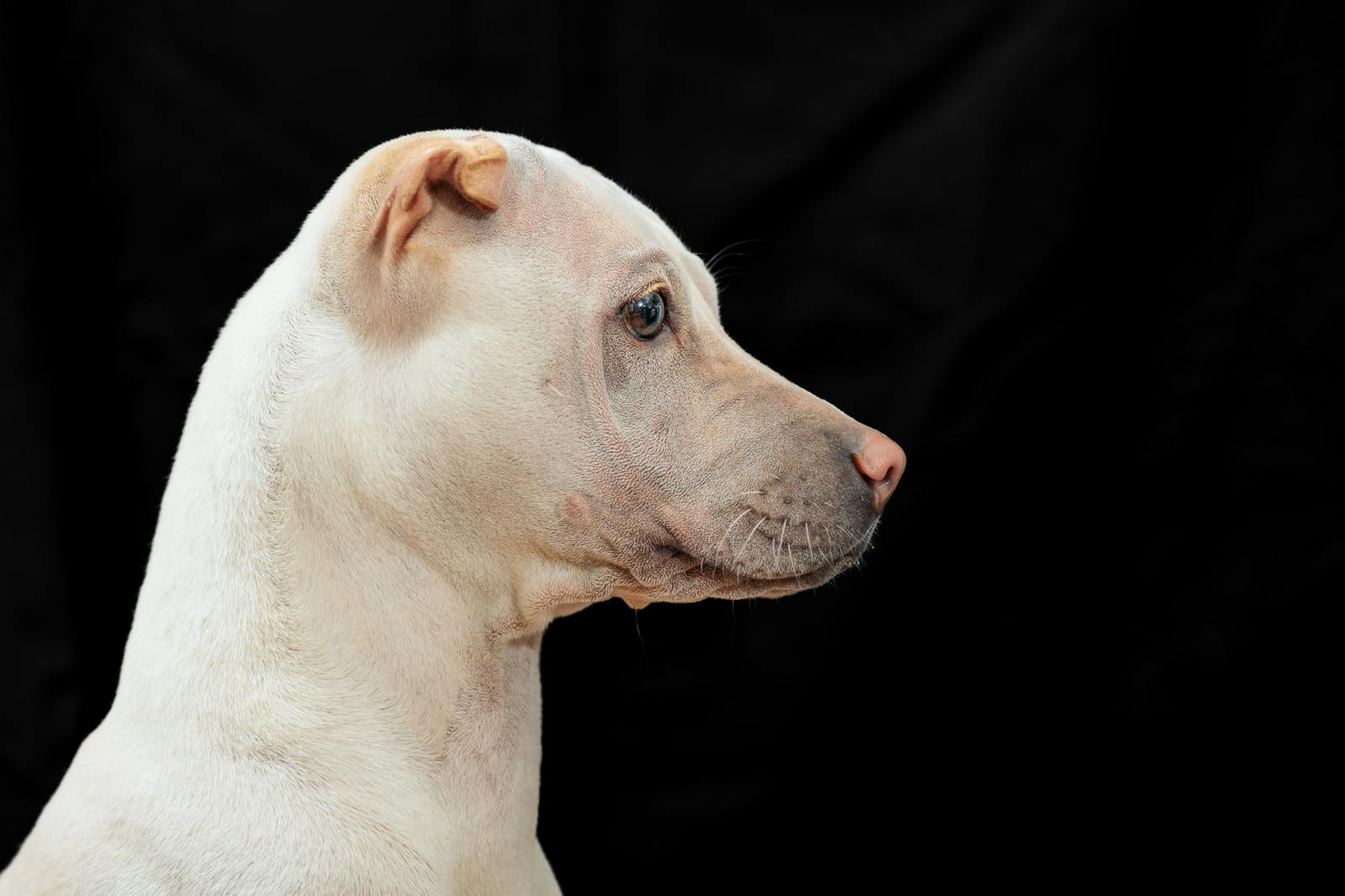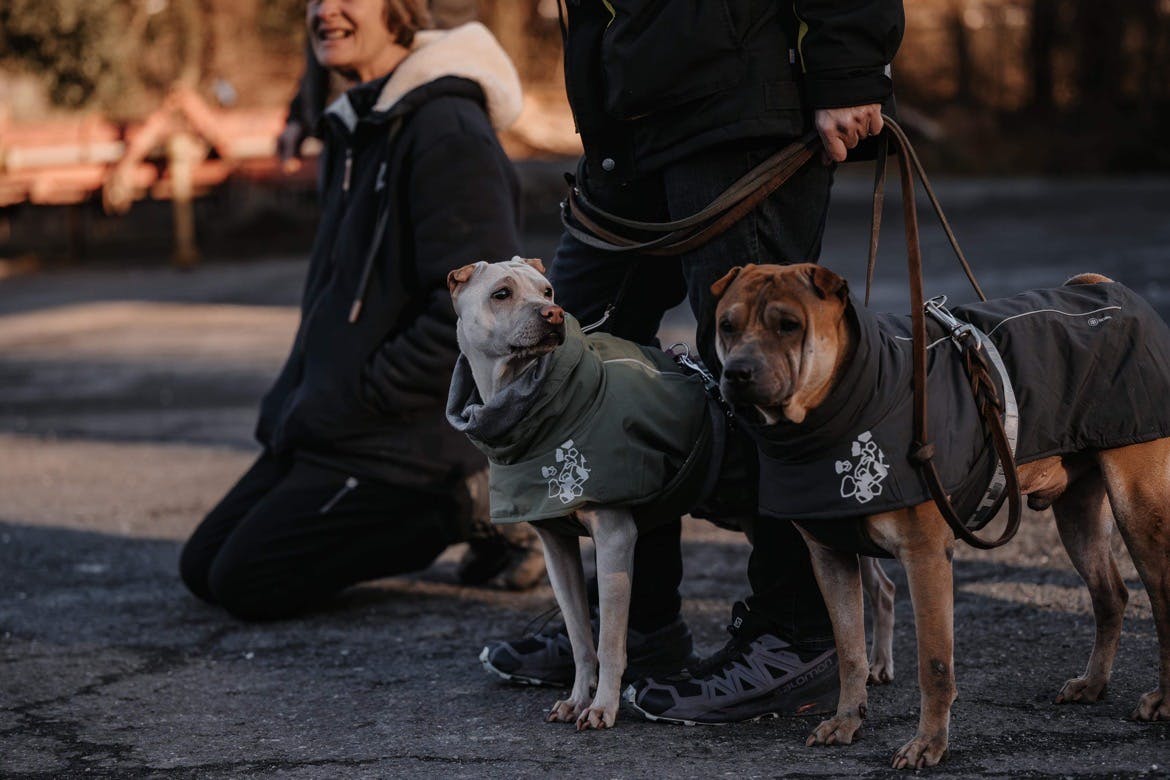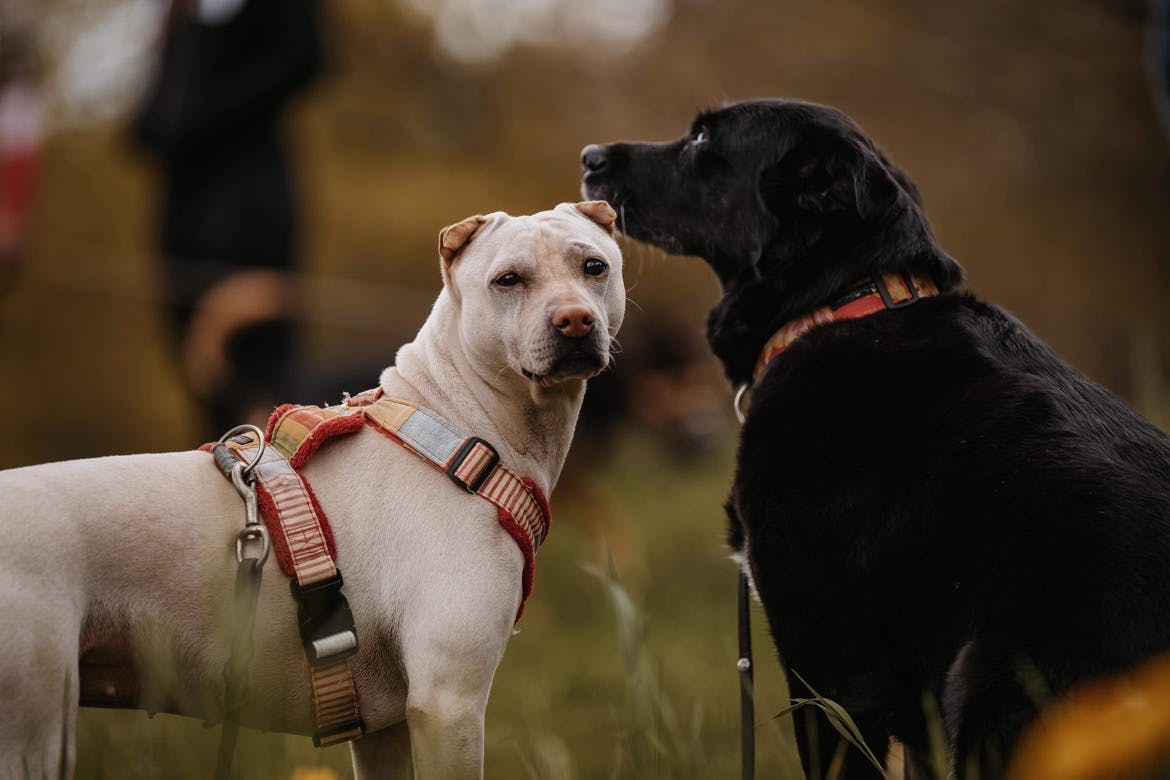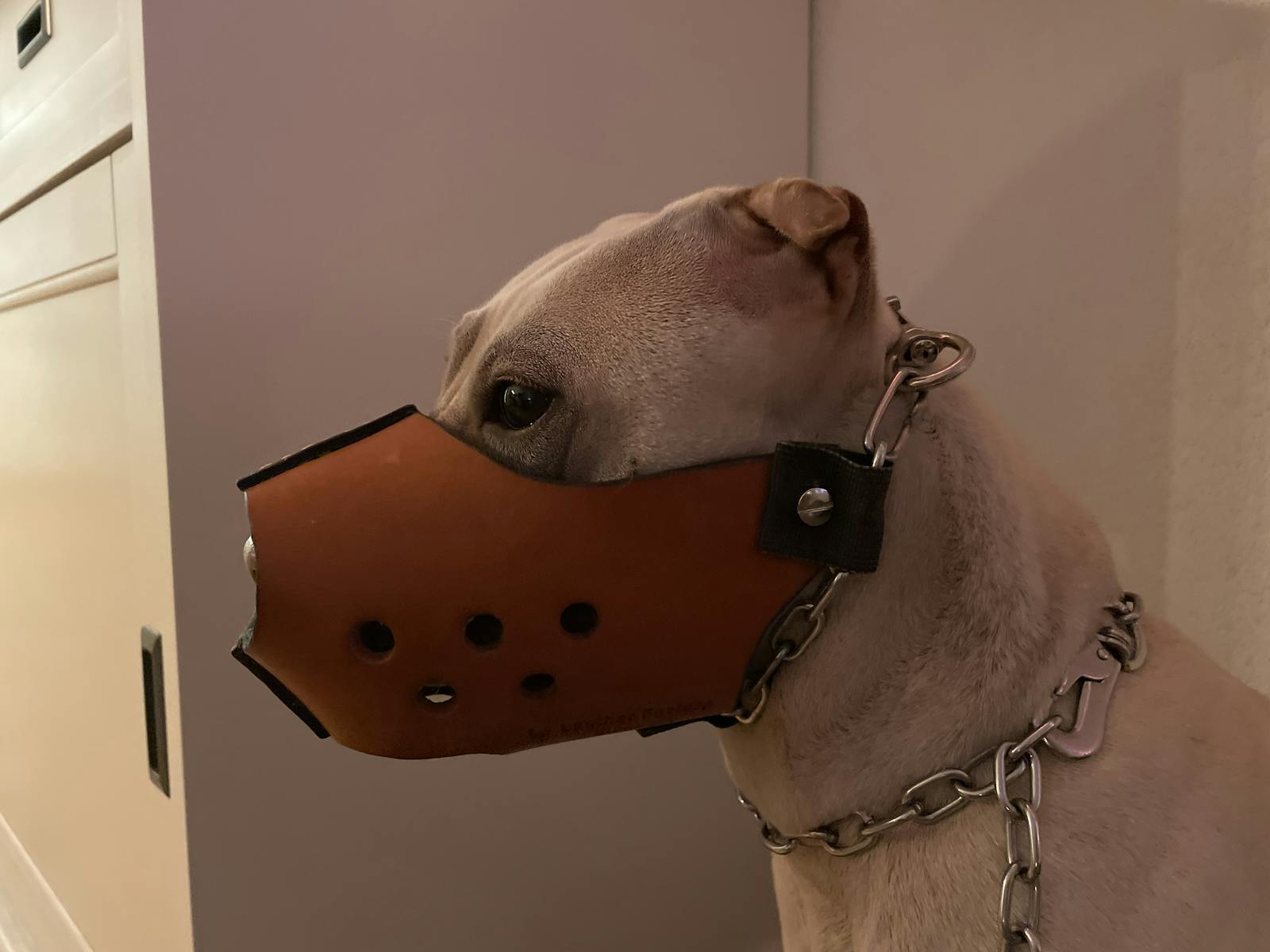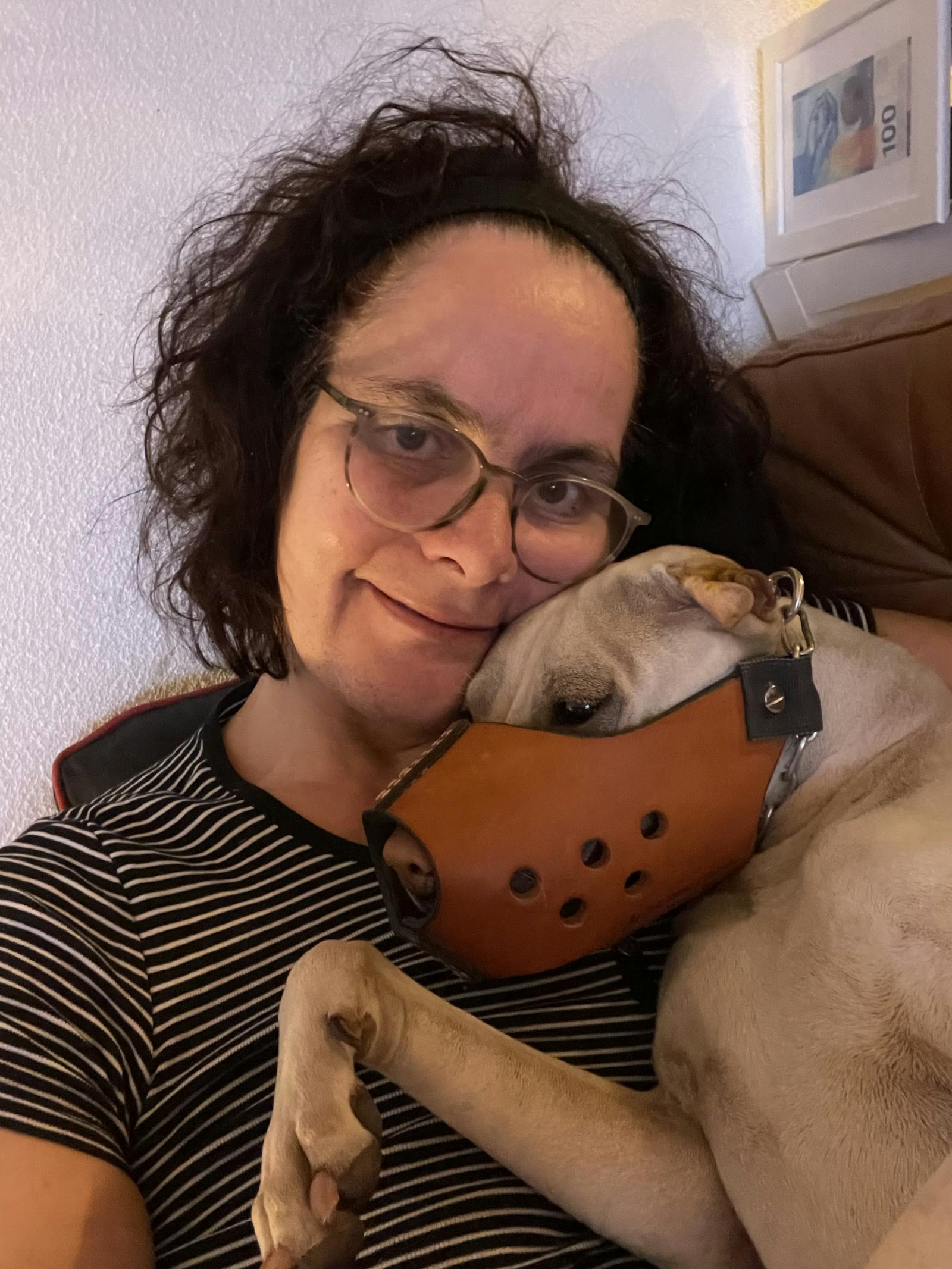Lily, a personal story
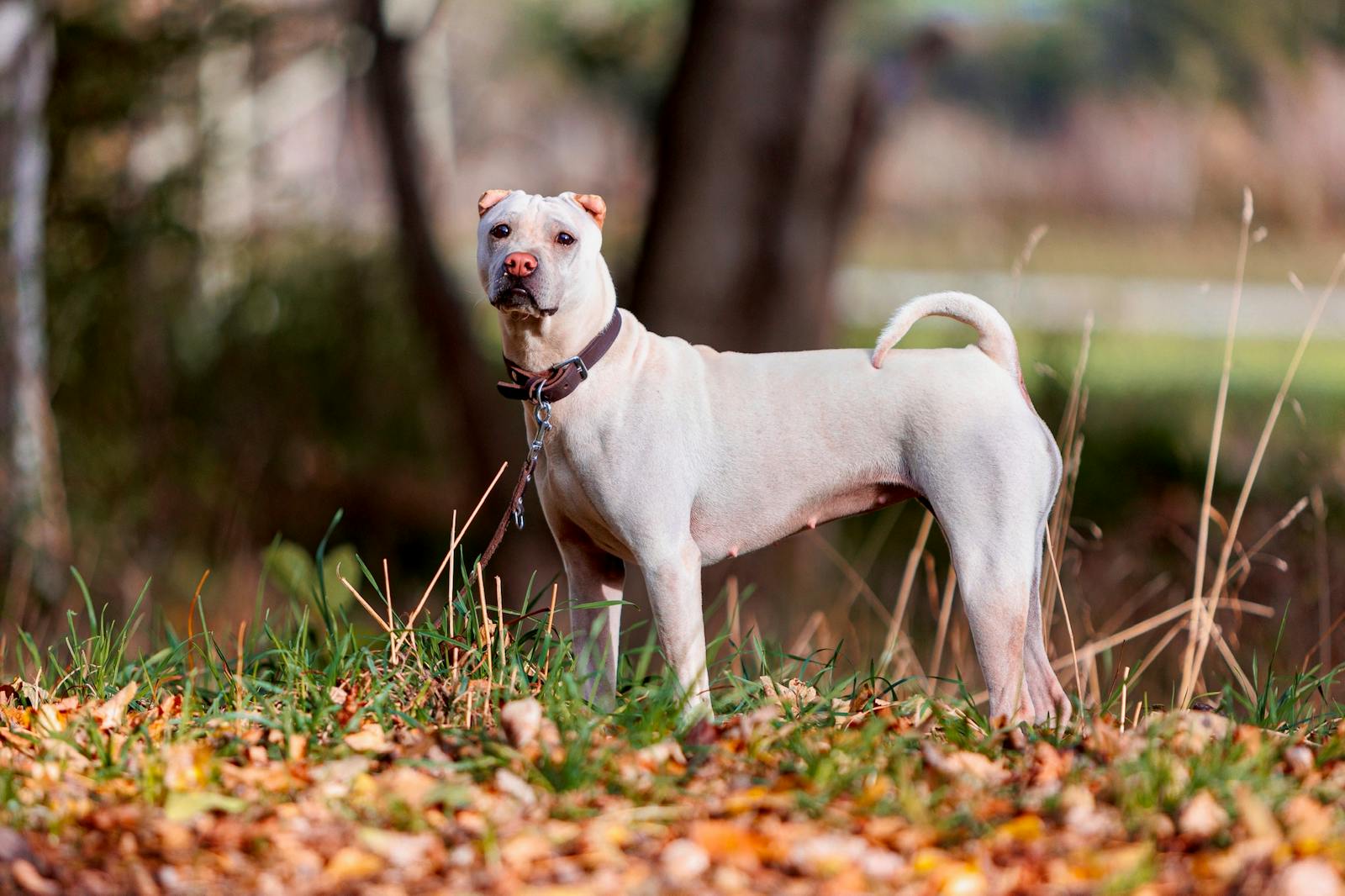
On November 24, 2023, I sat on the floor of my veterinary clinic, bitterly crying, with my husband and our deceased dog, Lily. I felt guilty and, at the same time, completely bewildered by how we had ended up in a situation where we had just euthanized our two-year-old, seemingly healthy dog.
I had so many questions and sought answers. A familiar veterinary pathologist immediately assisted me in arranging a primarily neuropathological autopsy, which was crucial to me personally. I needed to know if a rare physical or possibly genetic cause could be found, primarily influencing future breeding decisions. On a personal level, it might provide answers regarding my potential shortcomings.
History
Lily was quite unique in many ways, making it challenging to objectively assess her behavioral issues. I, as her owner, describe her history, my own observations, personal interpretations, and thoughts. My husband might offer a slightly different story based on his own observations or interpretations.
In the winter of 2021, Lily was born as a singleton puppy, presenting us with the challenge of providing comprehensive early socialization without the influence of siblings, which is crucial for social learning.
During her first few months of life, she displayed mostly normal puppy and adolescent dog behavior. She was attentive, curious, playful, and integrated seamlessly into our existing "pack." The only peculiarity she exhibited early on was her aversion to other dogs. While this had no bearing on her later development, I mention it for completeness.
Even in puppy playgroups, she kept her distance from other puppies and preferred playing alone or with us. In obedience classes and during walks, she avoided any contact with other dogs and would go out of her way to steer clear of unfamiliar dogs. For over a year, I attended a large socialization group for dogs with her every week, and although she rarely tolerated another dog in close proximity, she learned to tolerate the situations.
Illness
In the spring of 2023, we slowly began to notice other behavioral changes that started so subtly that we hardly noticed them at first. Looking back, both of us remembered thinking that Lily slept poorly. The initial sign was that she took a very long time to fully wake up after sleeping. At that time, she seemed initially unsure and occasionally reacted irritably if another dog was nearby.
One night, we woke up to find little Lily holding our large dog, Maya, in her mouth. We can only speculate what triggered this situation. The most logical explanation in hindsight is that Maya had gotten up during the night, which woke Lily, and her insecurity led to a defensive response.
Following that night, I had Lily thoroughly examined from head to toe, both internally and externally, at my veterinary clinic. At that point, nothing was found. Lily appeared to be a physically healthy dog.
Another change I noticed during this time was that Lily continued to seek physical contact with us and enjoyed lying next to our legs. However, she wanted to be touched or petted less and less.
In the summer, we encountered our first serious situation. I wanted to take the dogs for a walk and called them to me. All of them came and were leashed, except Lily. I found her in a dog bed in my office, where she had just woken up. She looked at me and growled at me for the first time. It was a reaction I had never experienced from any of my own dogs and initially left me very confused. It was a completely intolerant behavior toward her owner. I knew I couldn't leave the situation and had to "discuss" it with her. My office, my rules. She bit into my arm as quickly as I could barely react.
Since we believed Lily to be physically healthy at that point, we thought she was developing a dominance issue with me, something we believed we could address with targeted behavior training methods. As she began to exhibit less and less normal dog behavior here with us, slept more, and situations where she growled at me after waking up became more frequent, she began wearing a muzzle more often.
Only now, in hindsight, do I realize how much our lives had changed. Our once sweet Lily had become a little monster. But not always. Only when she had been sleeping or was touched in ways she didn't like. At the same time, she often confused us. She would sleep, wake up, growl at me or the dogs, and two minutes later, she would come to me, lie down close to me, or bring me a toy to play with.
During that time, I began to wonder if Lily might have a neurological problem. From a veterinary perspective, I was told that it was a possibility, albeit a rarer one. Diagnosing neurological issues in dogs is not straightforward, often costly, and rarely leads to definitive results.
The End
In October, we noticed a new behavior in Lily. Occasionally, when one of us was outside with one or more of the other dogs for an extended period, she would react by growling as soon as the person returned home with the dogs. In such situations, she often wore a muzzle.
One Saturday in mid-November, I was out for a few hours with Lily's parents, Diting and Panhu. When we returned home, we were greeted by Maya and my husband, but Lily stood beside them and began growling at her mother, Diting. Diting, Panhu, and Maya are all very defensive dogs who had never engaged with such behavior before. They simply ignored Lily. Since Lily didn't stop, my husband gently but firmly pushed her aside with his leg. That's when our nightmare began. Lily jumped at my husband and bit him for the first time. I intervened since I was wearing a very sturdy jacket. Together, we managed to restrain her enough to put on her muzzle. This was not without further attempts to bite, which were fortunately mostly blocked by my high-quality jacket.
After this shock for my husband, we left Lily alone in a room for the rest of the evening. During the evening walk, she was completely normal. When we got home, I removed her muzzle, as it was nearly impossible for her to eat with it, especially since it was a custom-made leather muzzle. After eating, she wanted to play, and everything seemed fine. We knew we had to take action because it was clear to both of us that the current situation couldn't continue. Then it happened. Without warning, Lily jumped at me and bit me severely on the arm, then on the other arm, a leg, and a chest. My husband was also bitten on the arm and upper body.
Both of us knew that the final limit had been crossed. A few days later, we sat on the floor of my veterinary clinic and let Lily go. We let her go because, above all, Lily was suffering, as she didn't understand her world.
Today, almost two months later, I know that we did the only right thing. I know that Lily wasn't in pain, and her behavioral issues were not our fault. And even though I know, purely rationally, that I am not to blame, the pain runs deep. The pain of remembering a little dog, often so playful, loving, and curious, who sometimes lost her way and didn't know where she was or who the other dogs and people were.
Through Lily, I have learned a lot, and for that, I am grateful. She will always have a special place in my heart.
